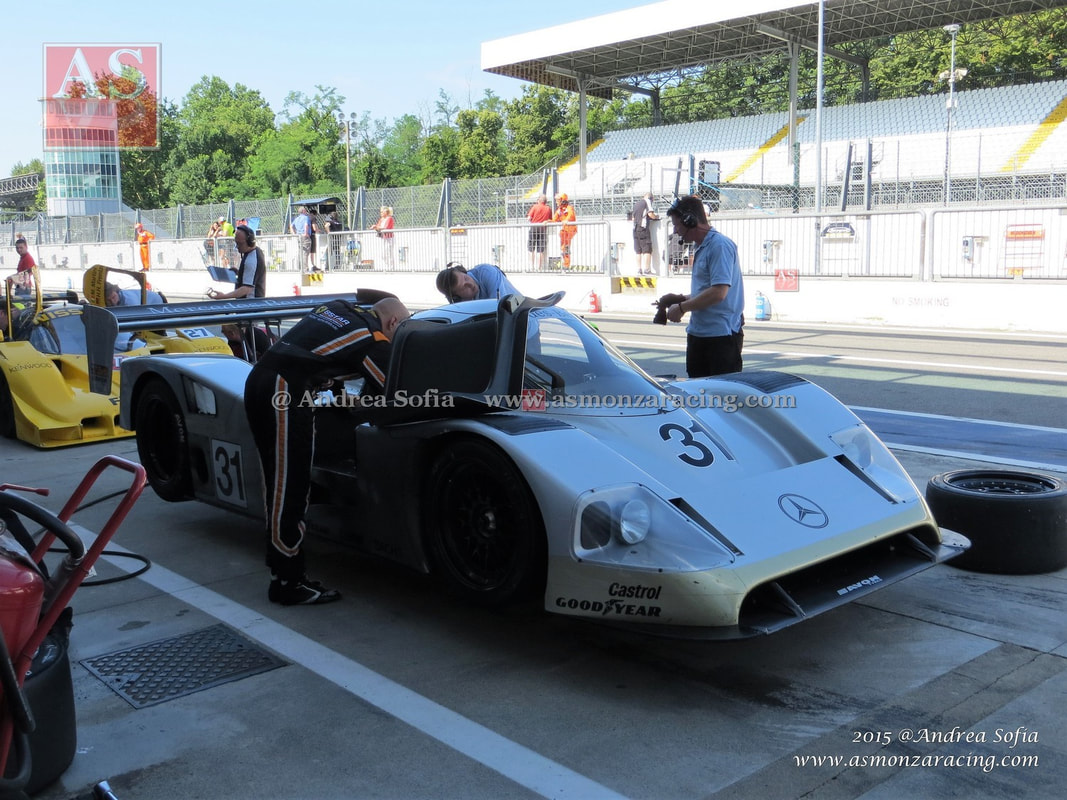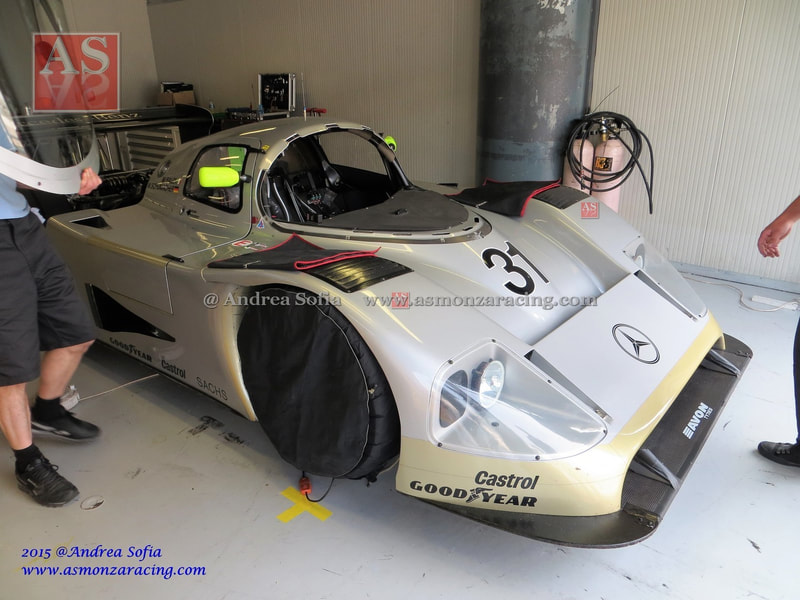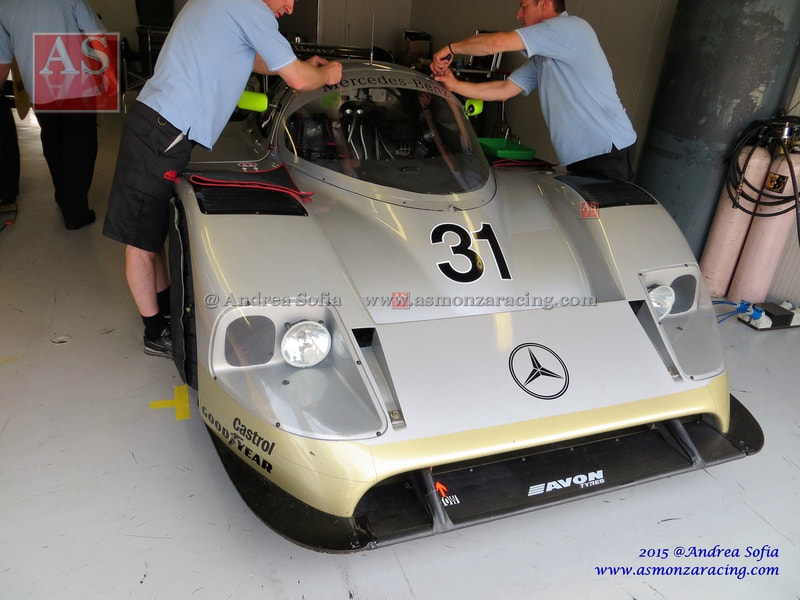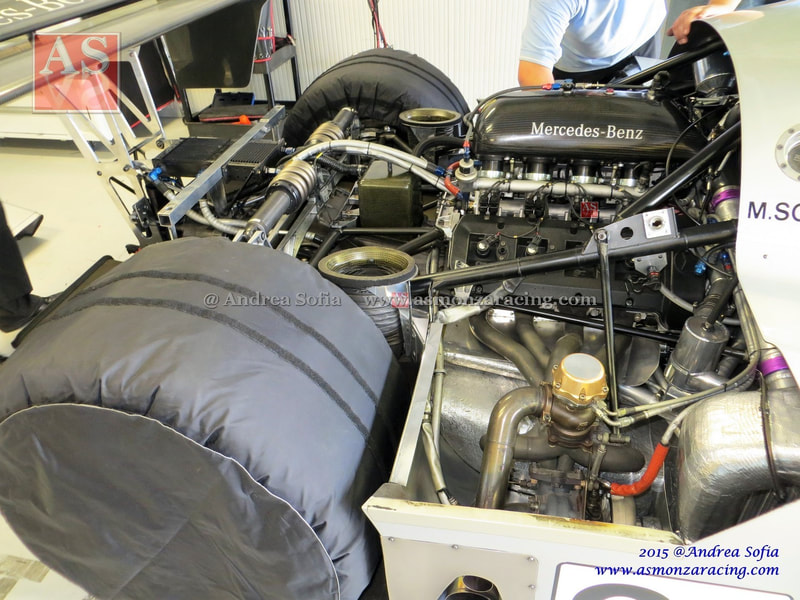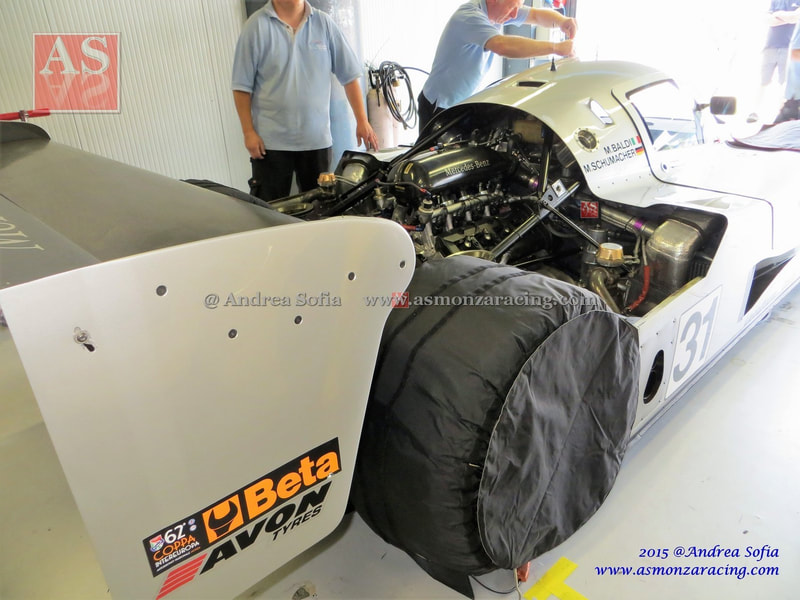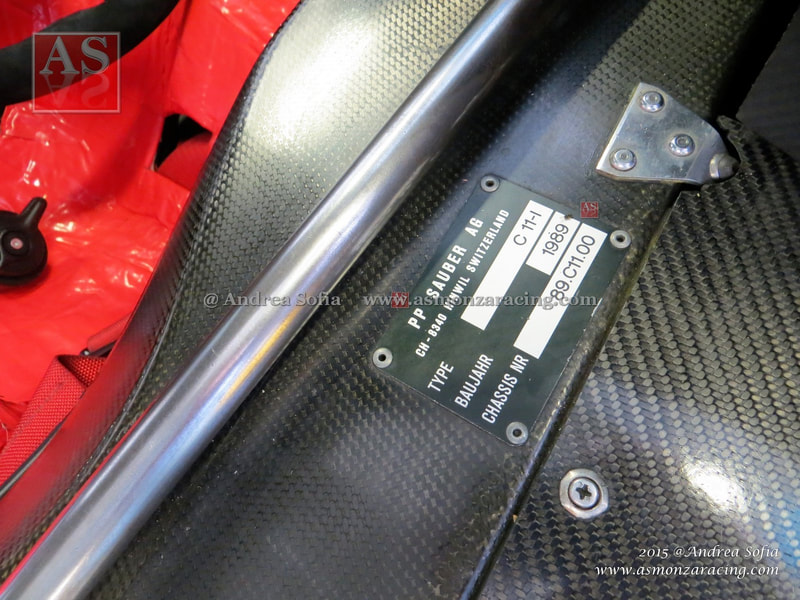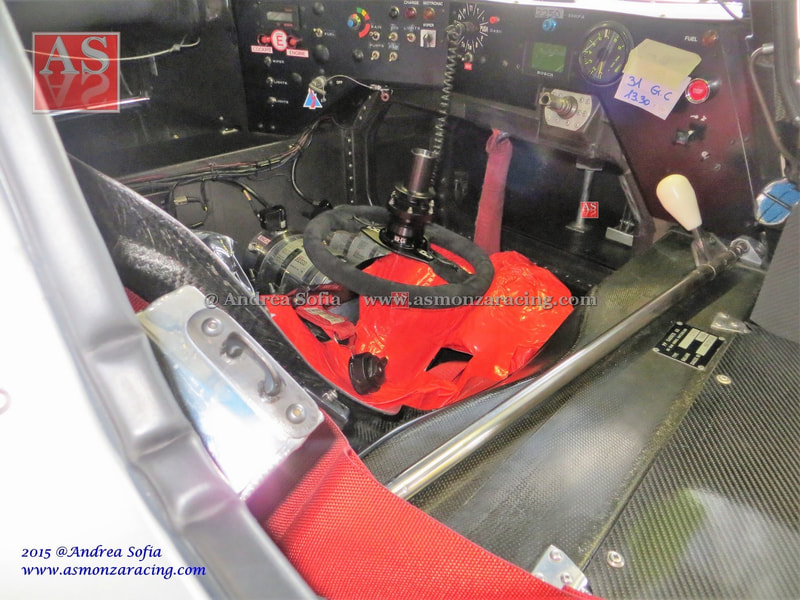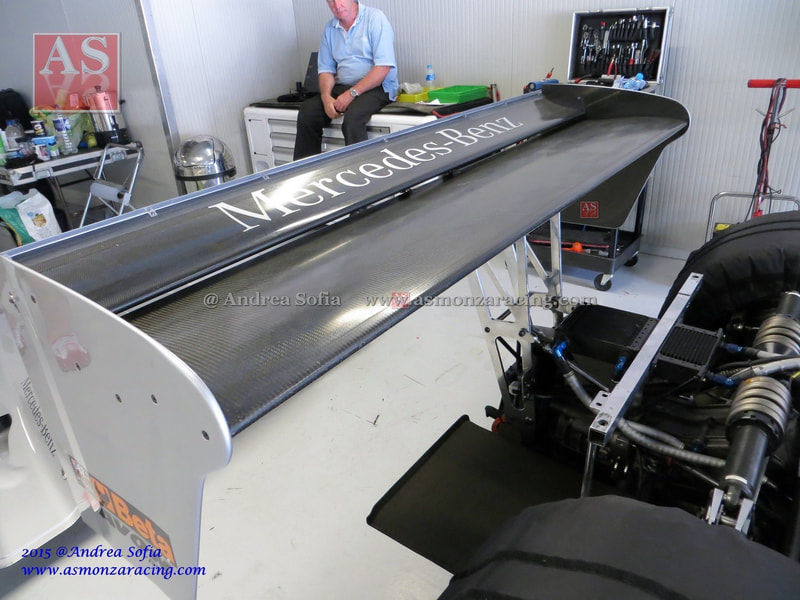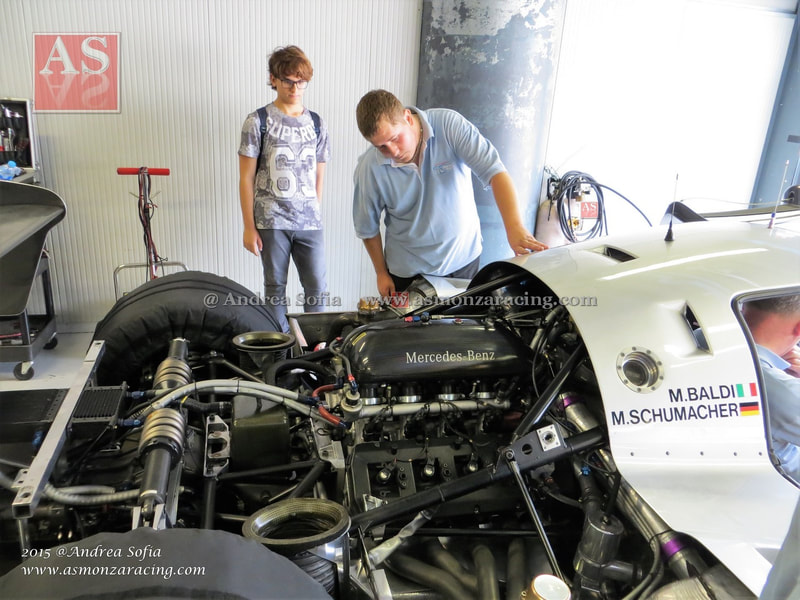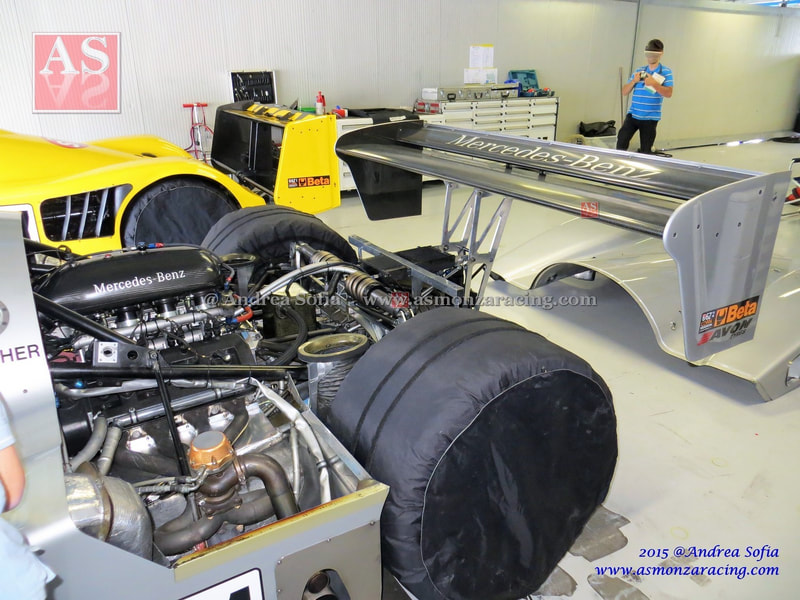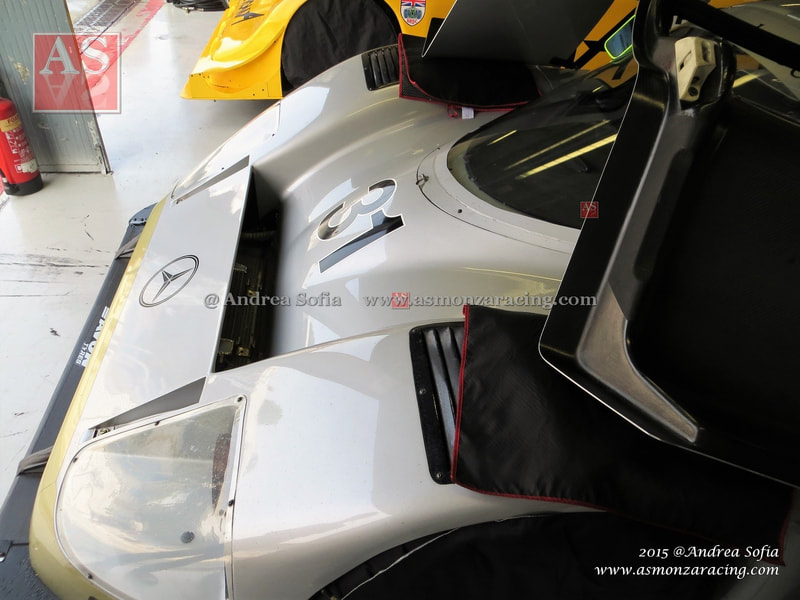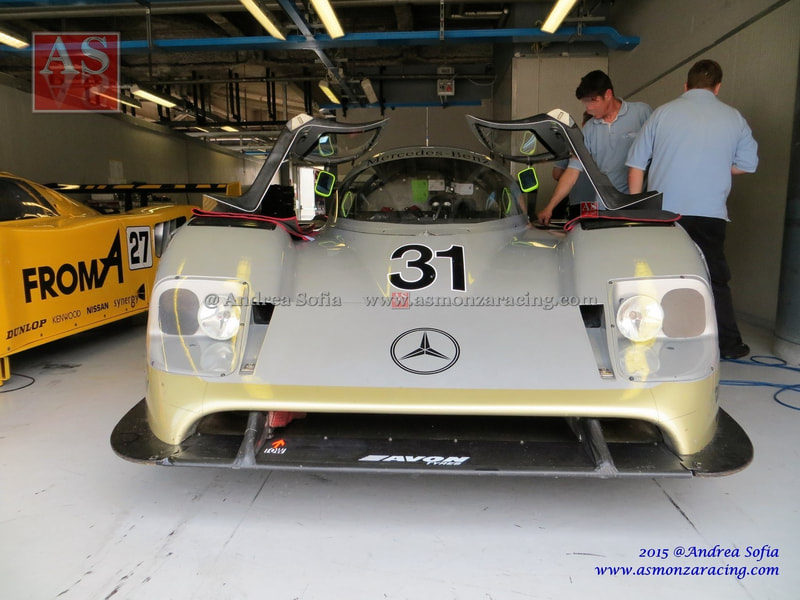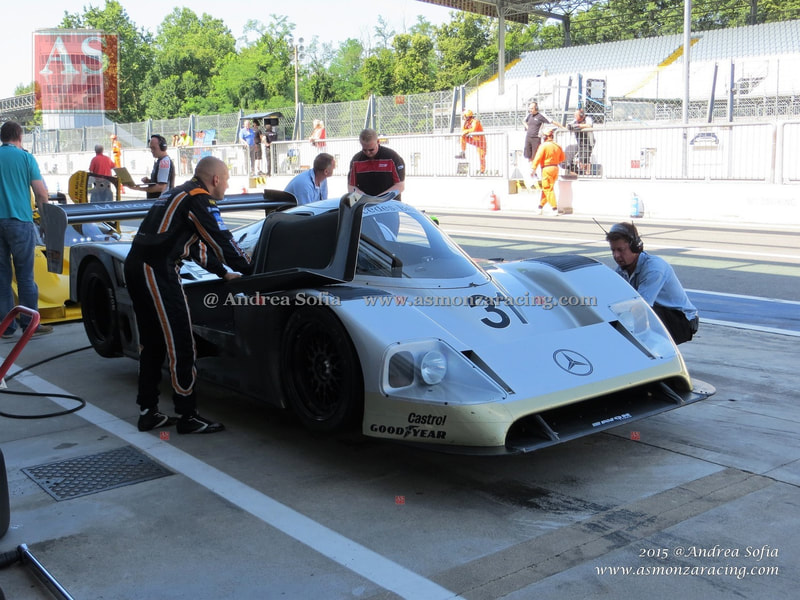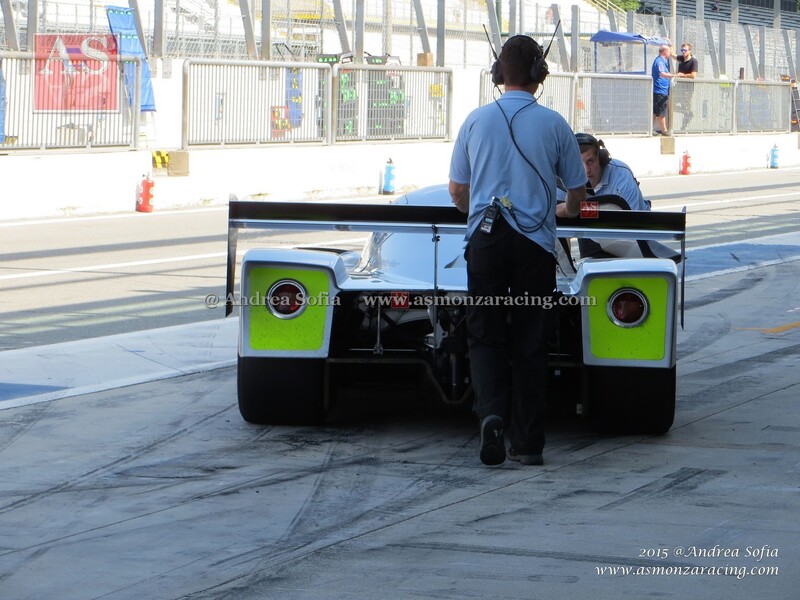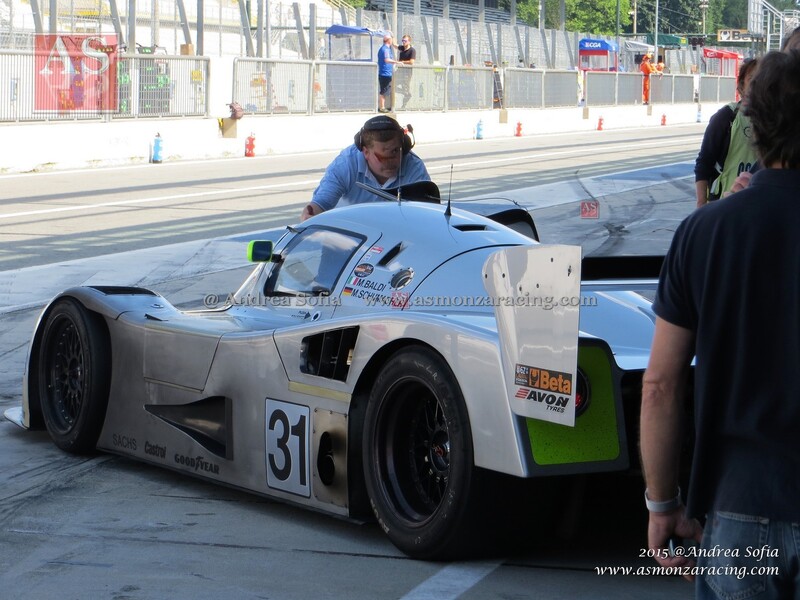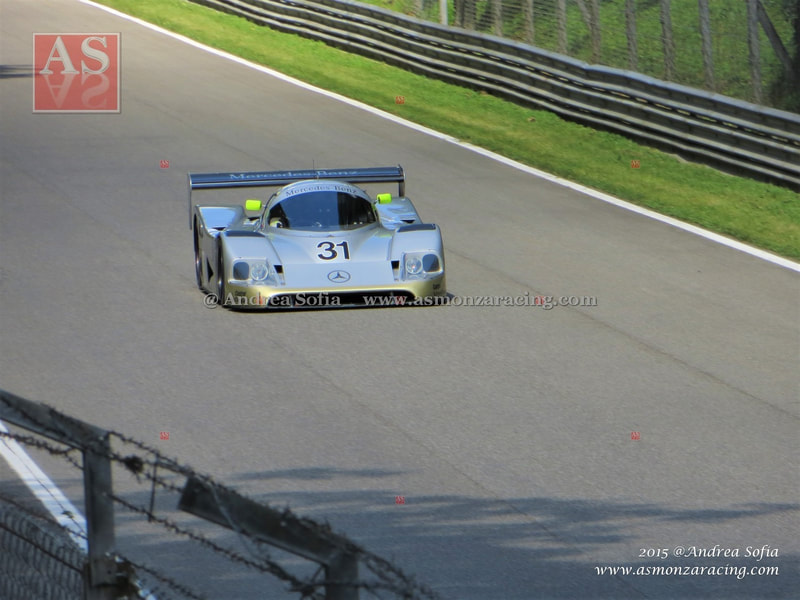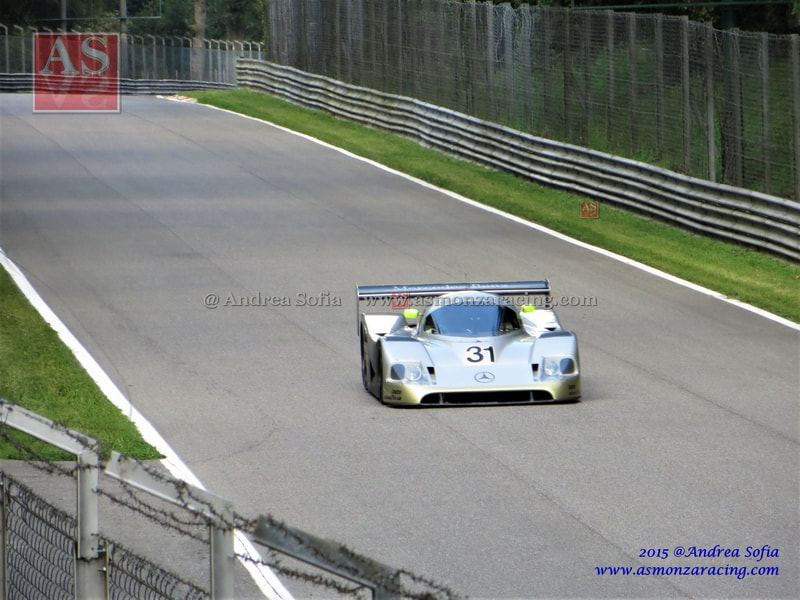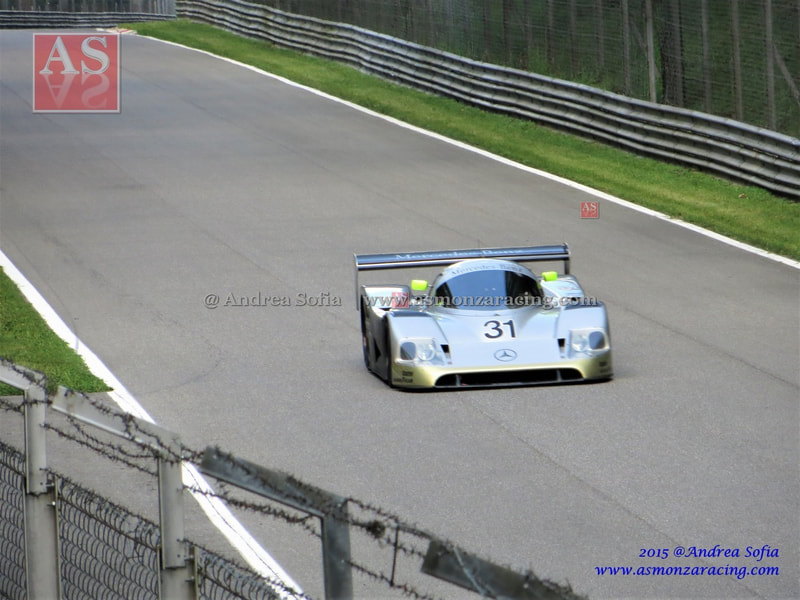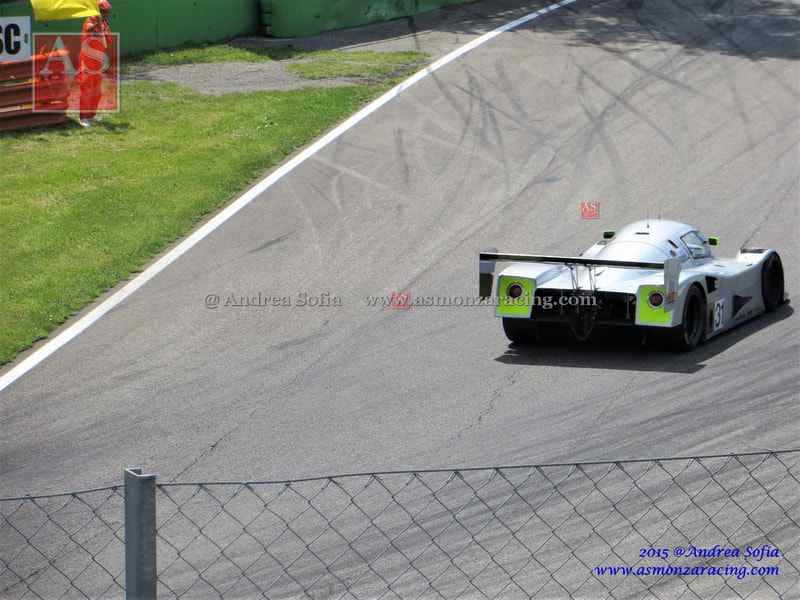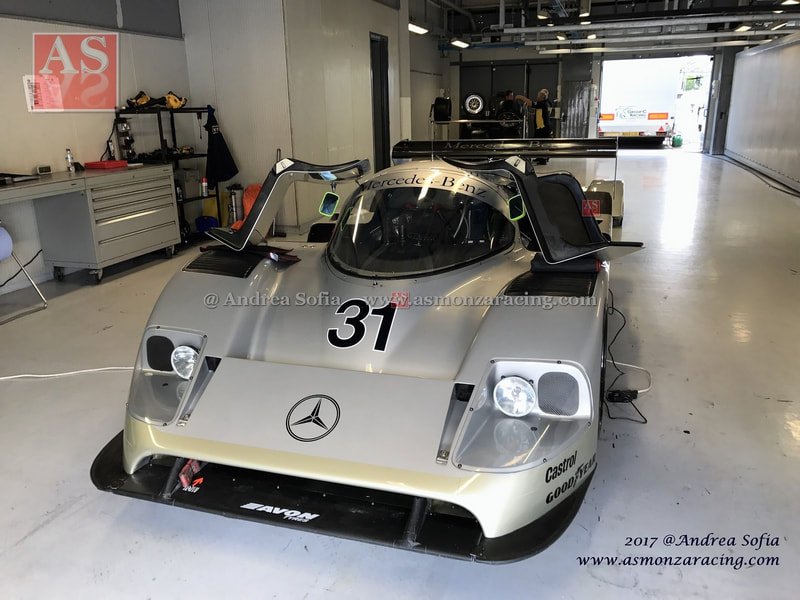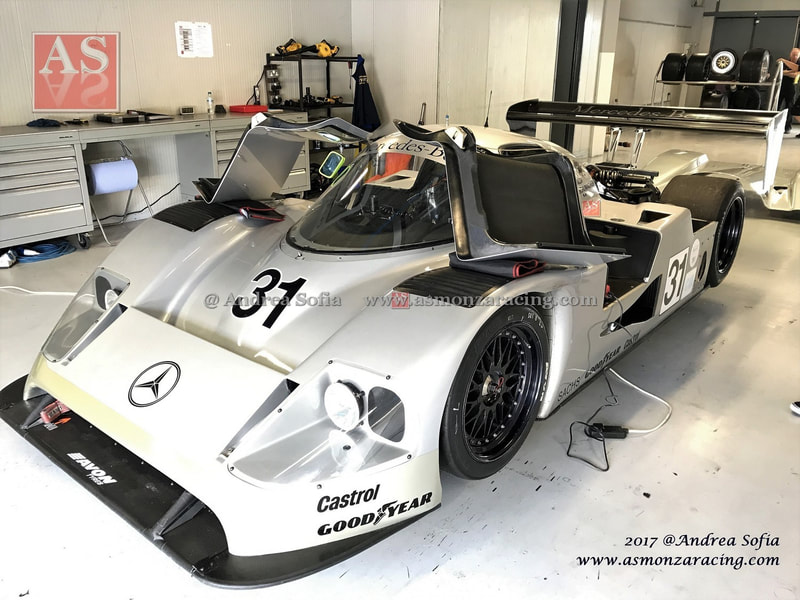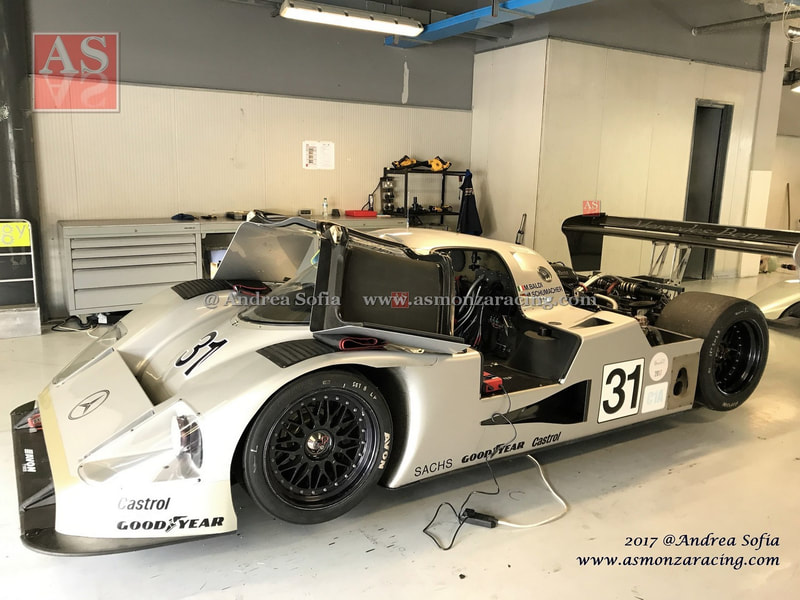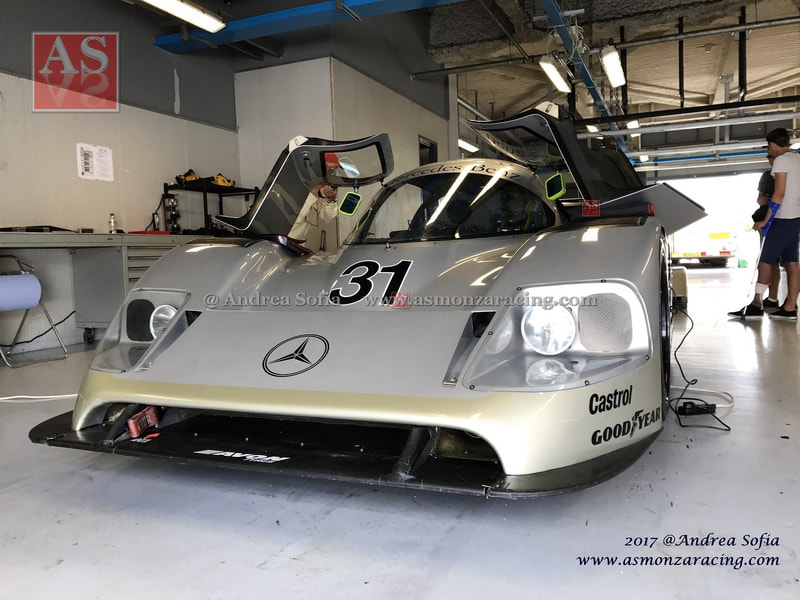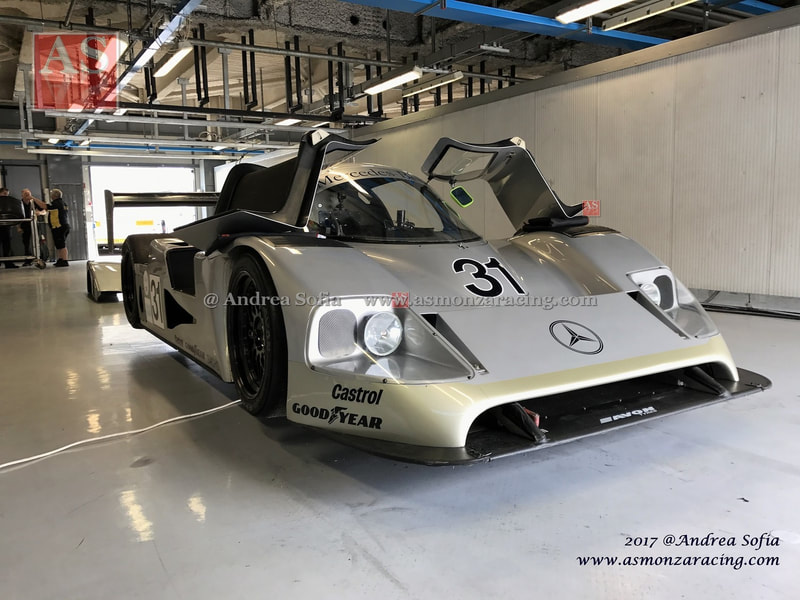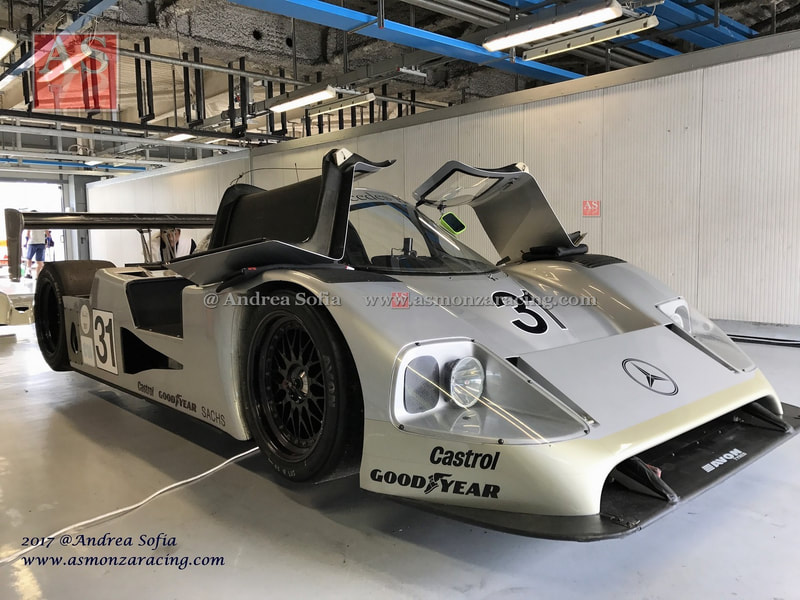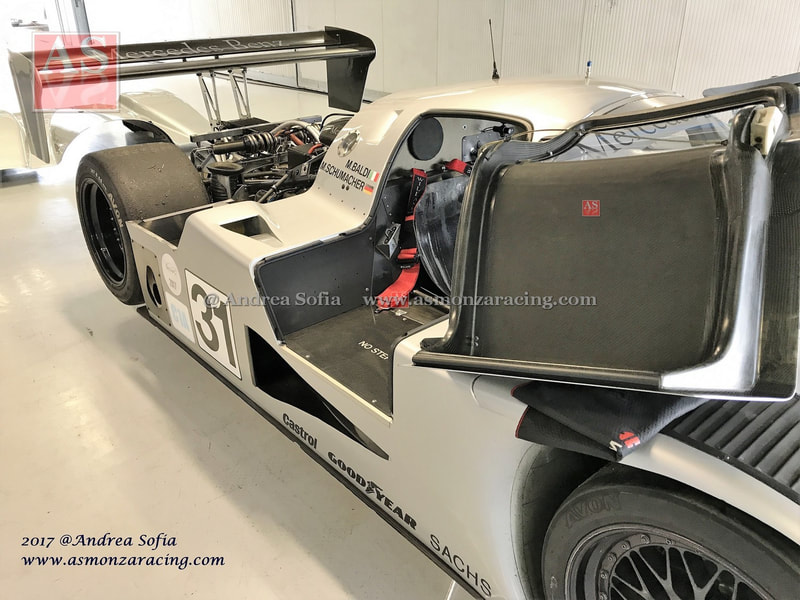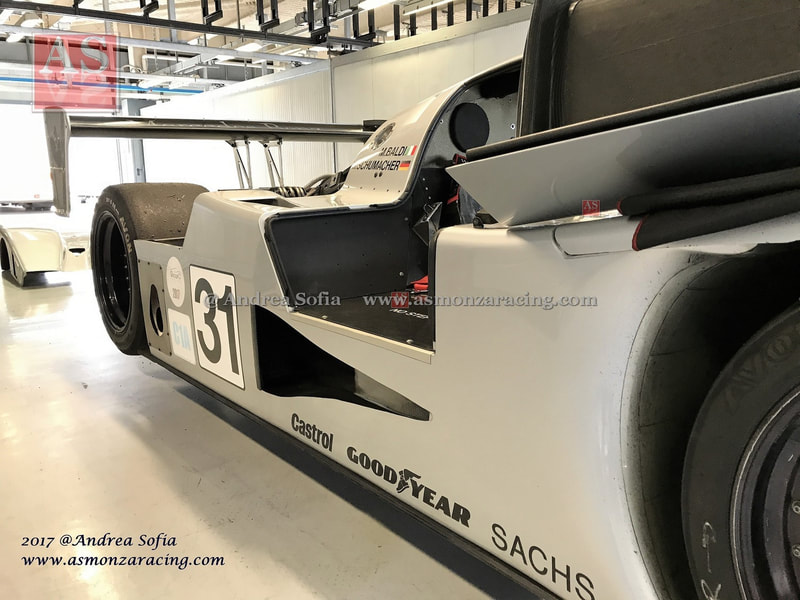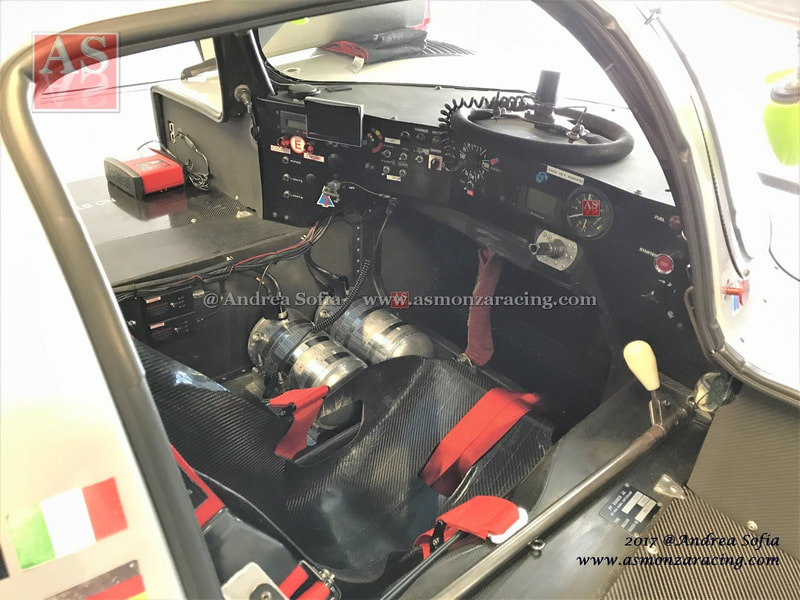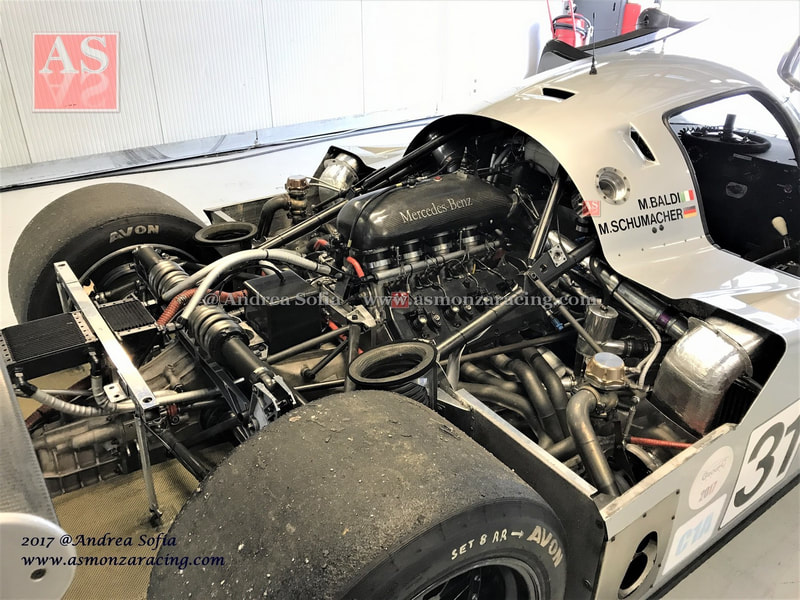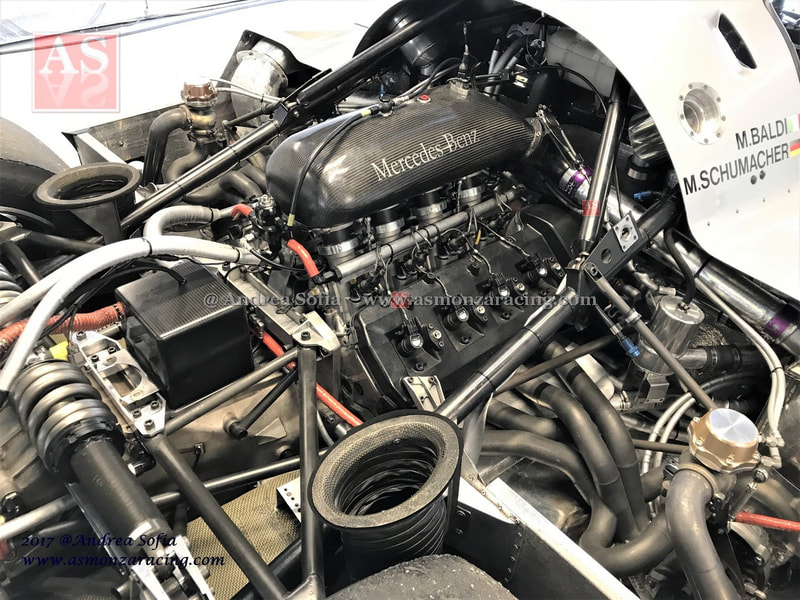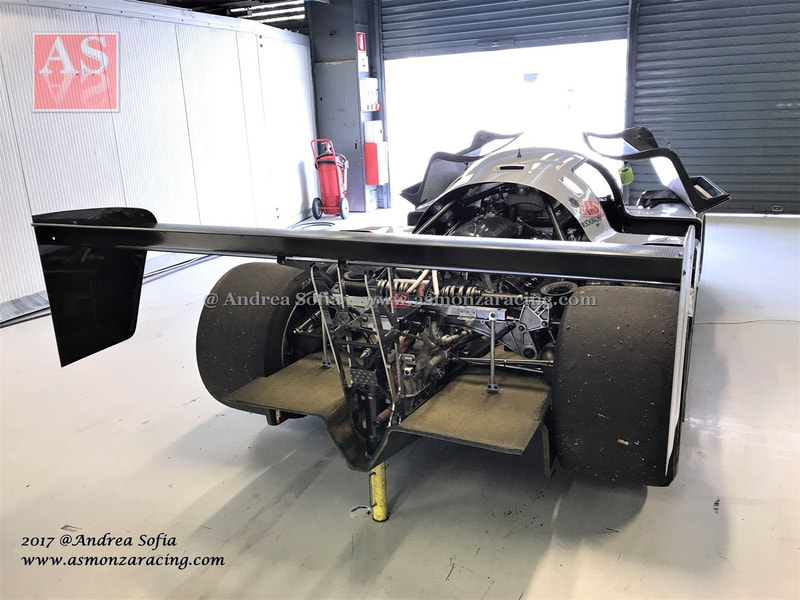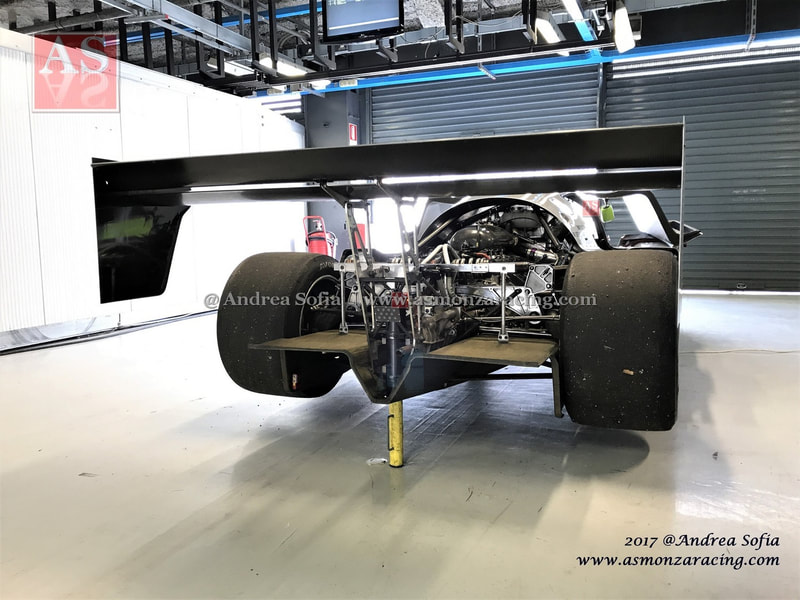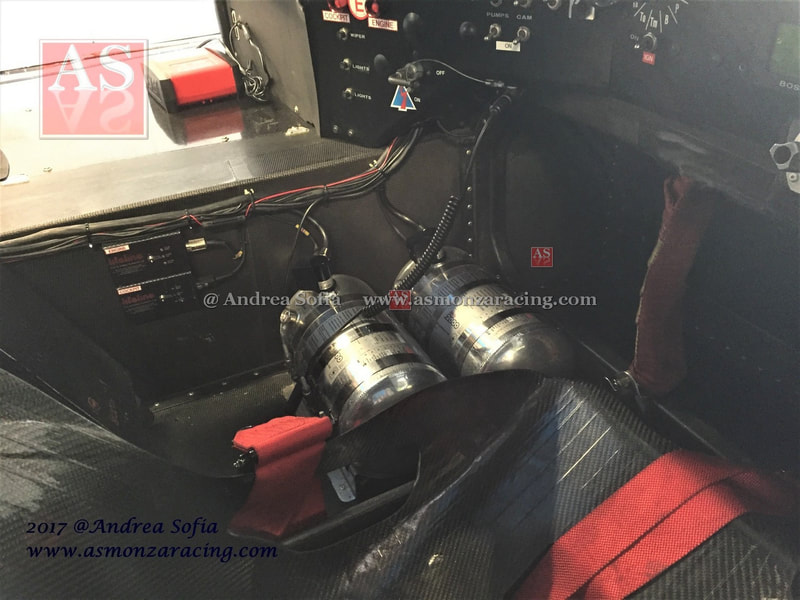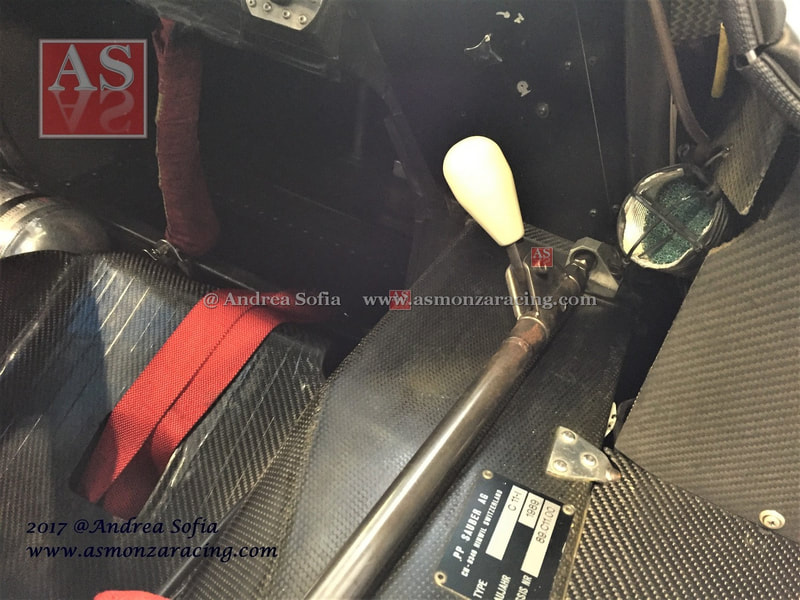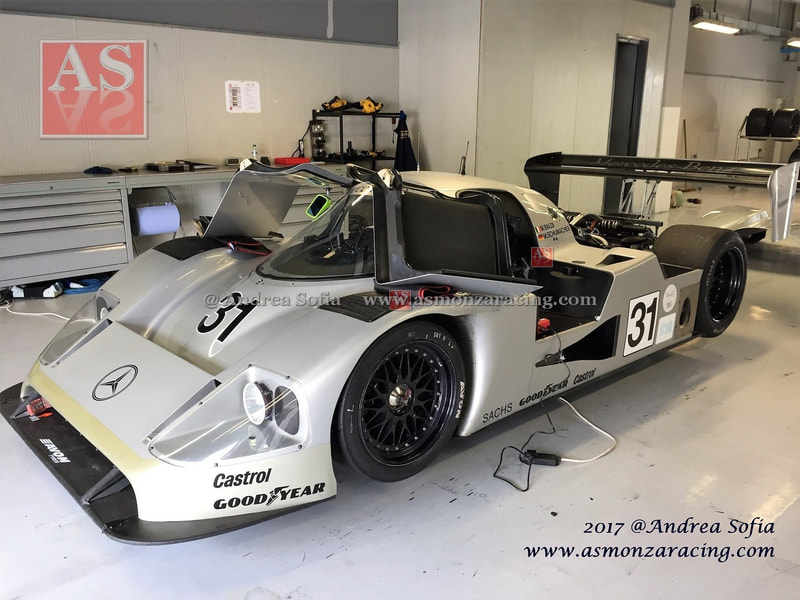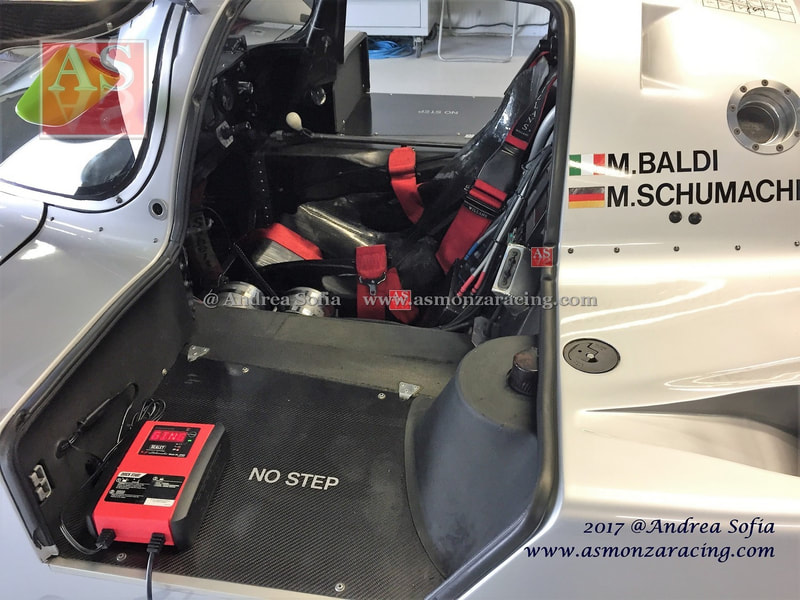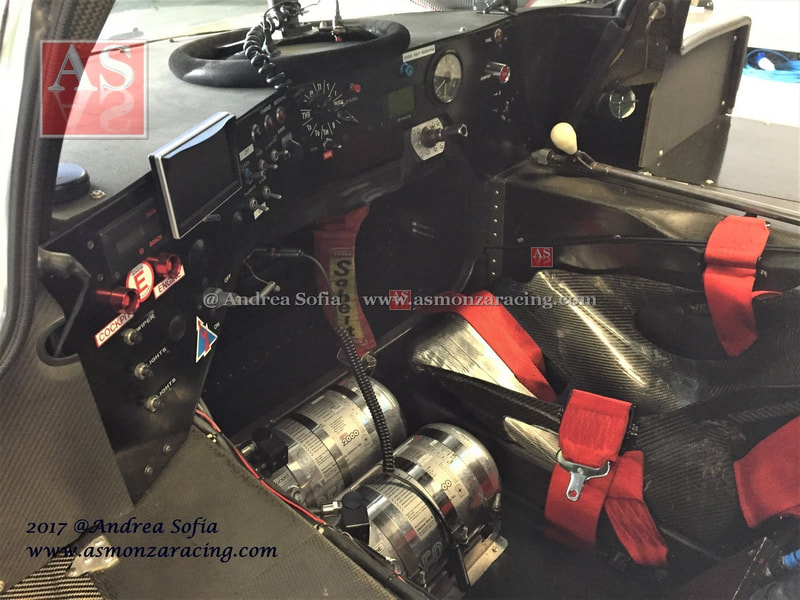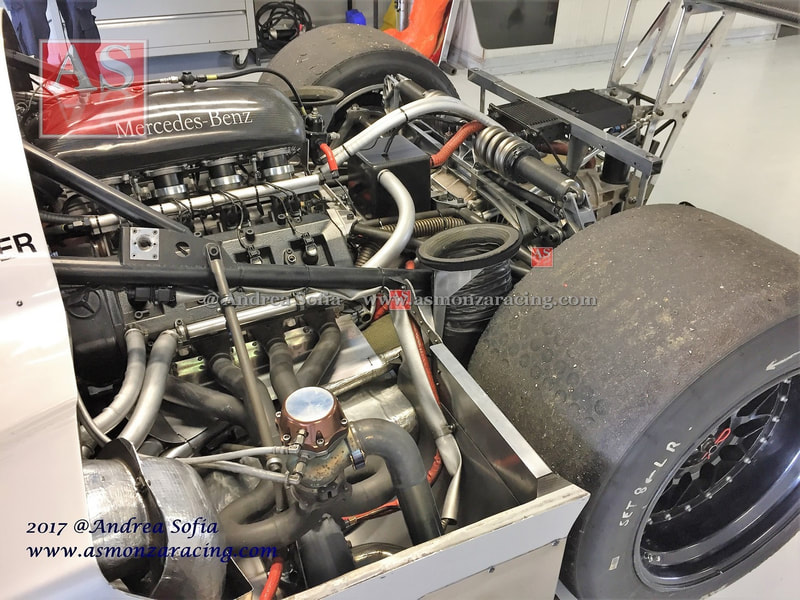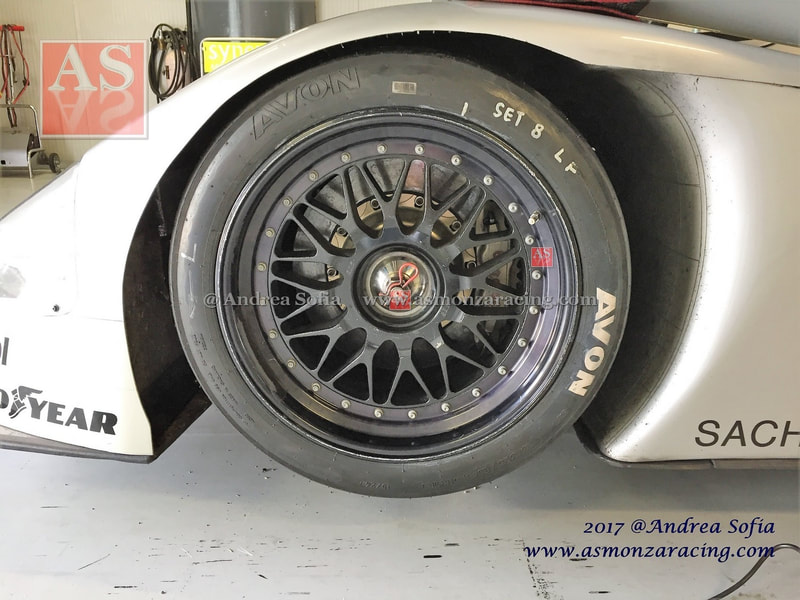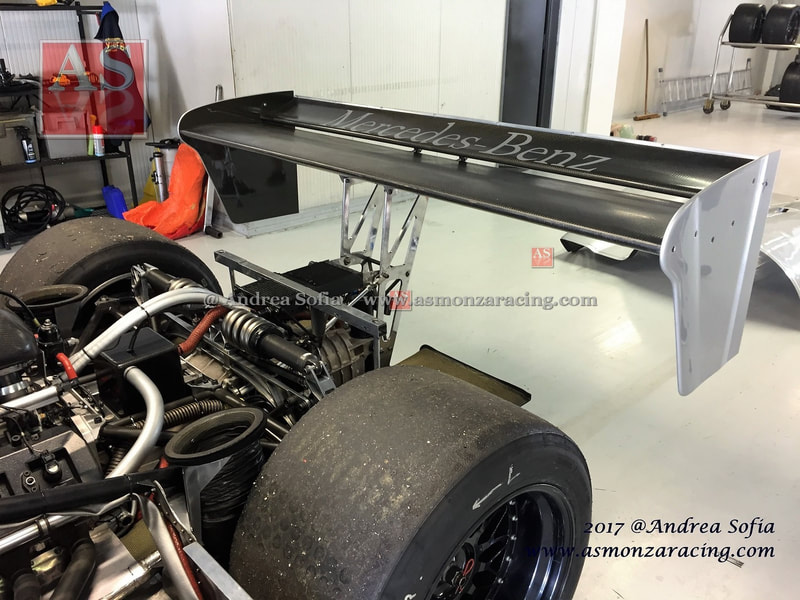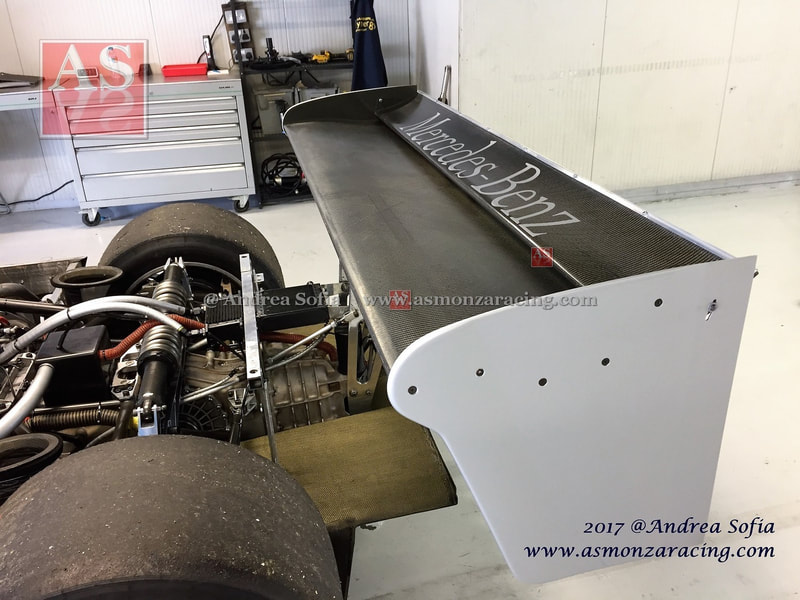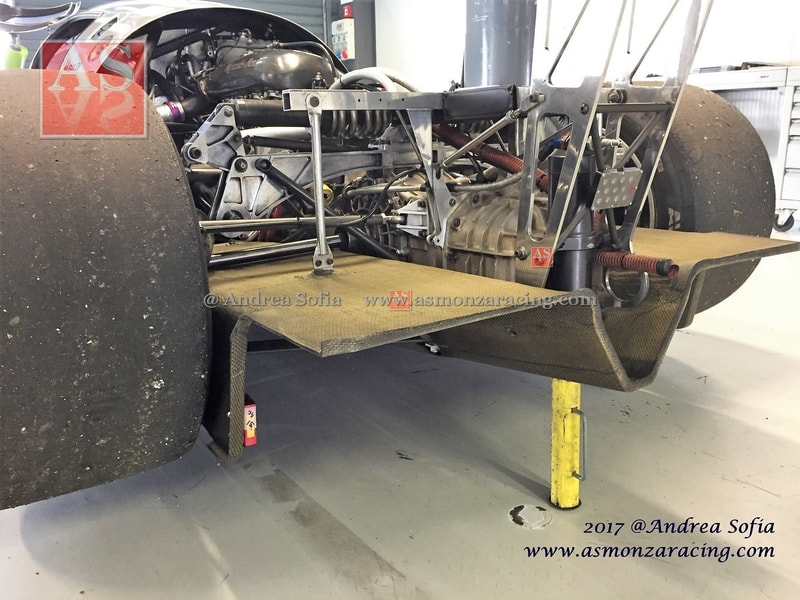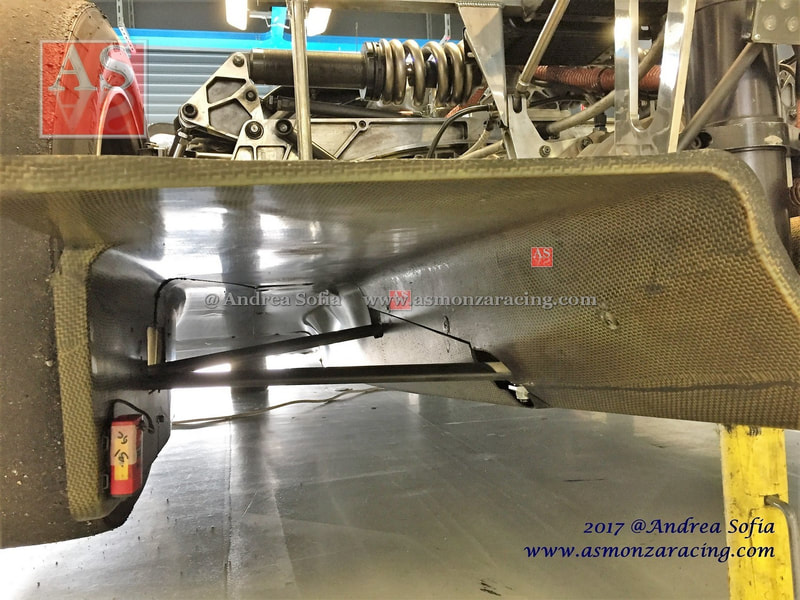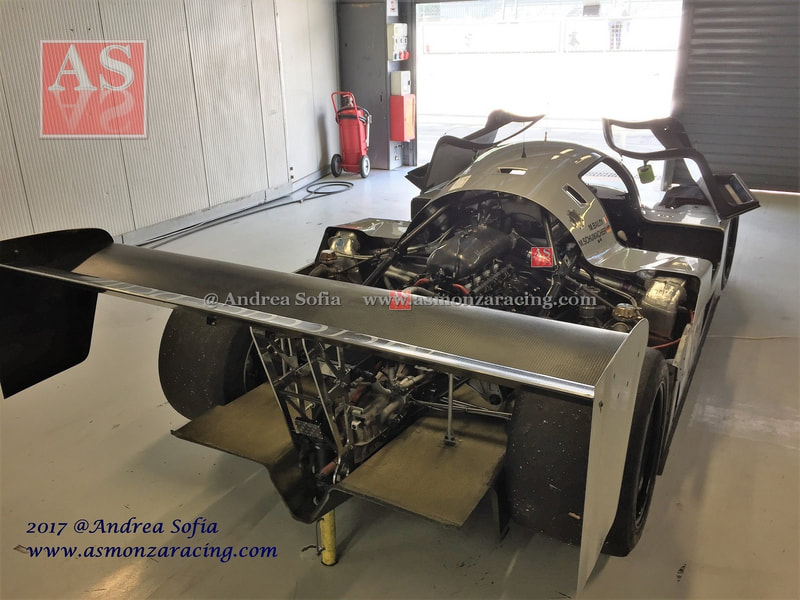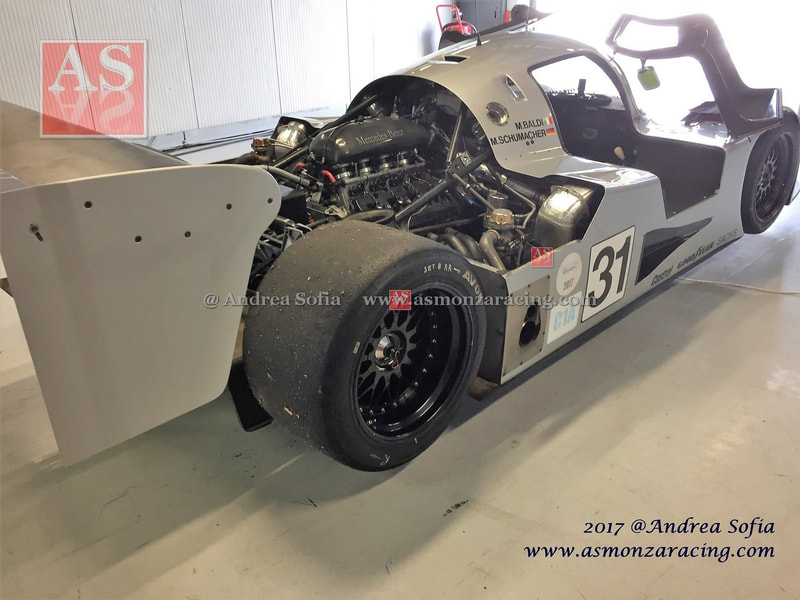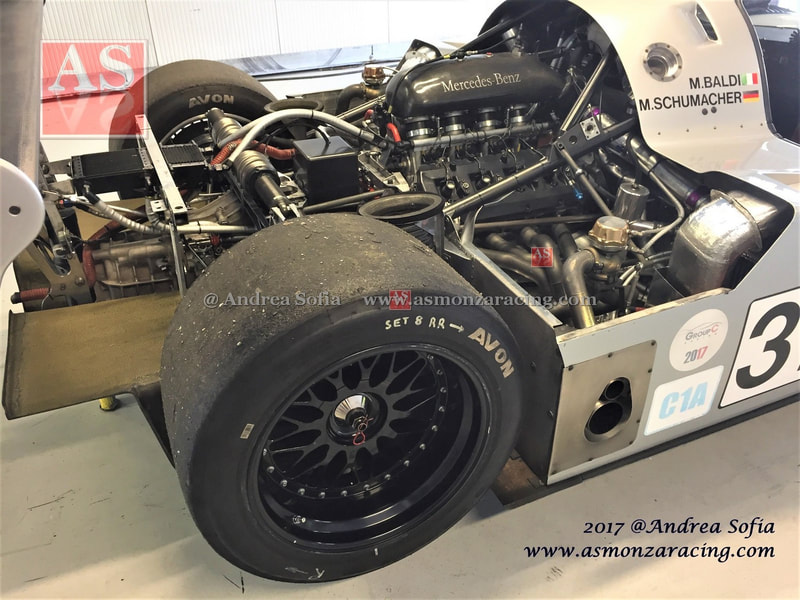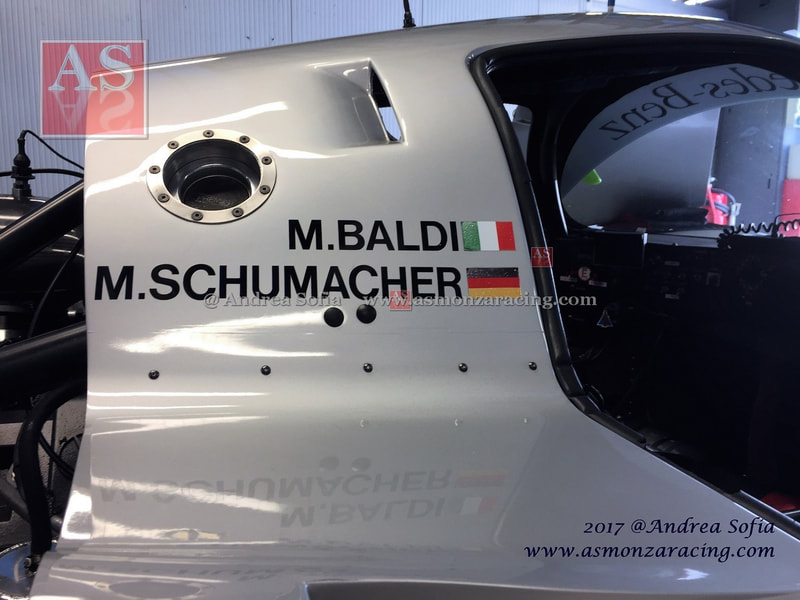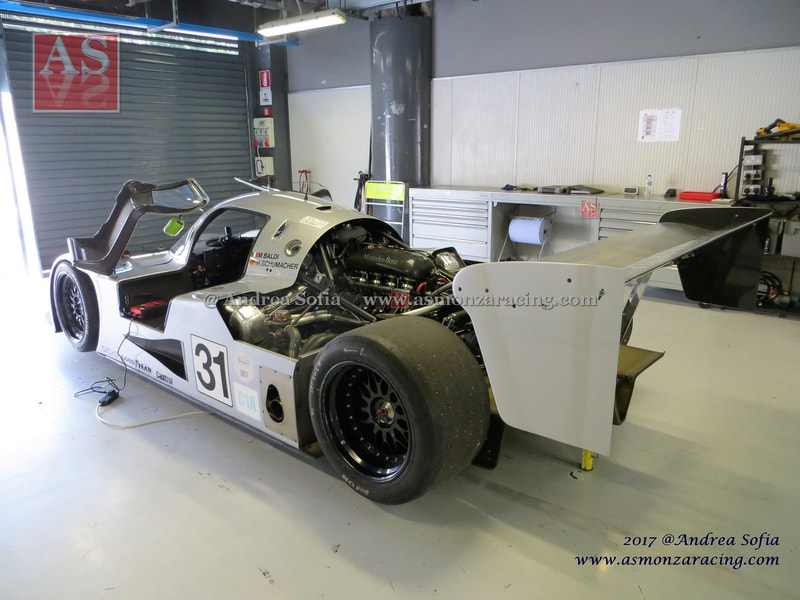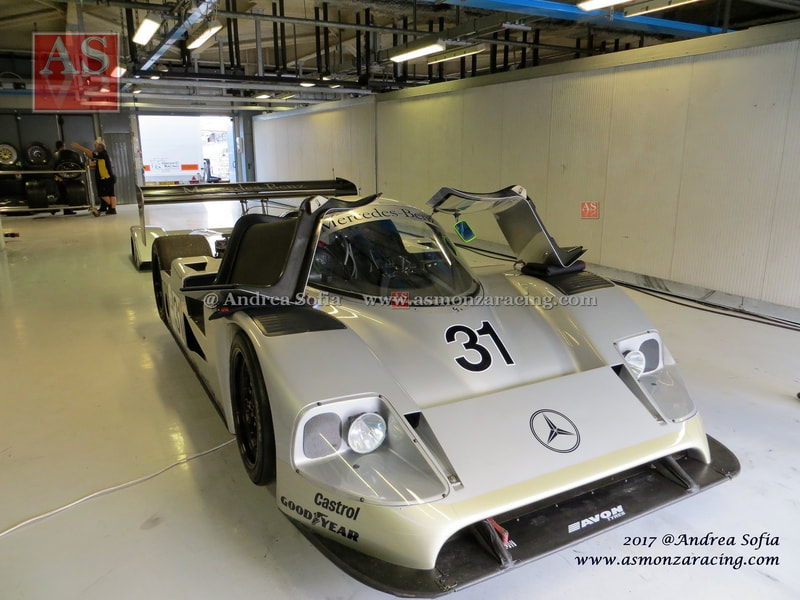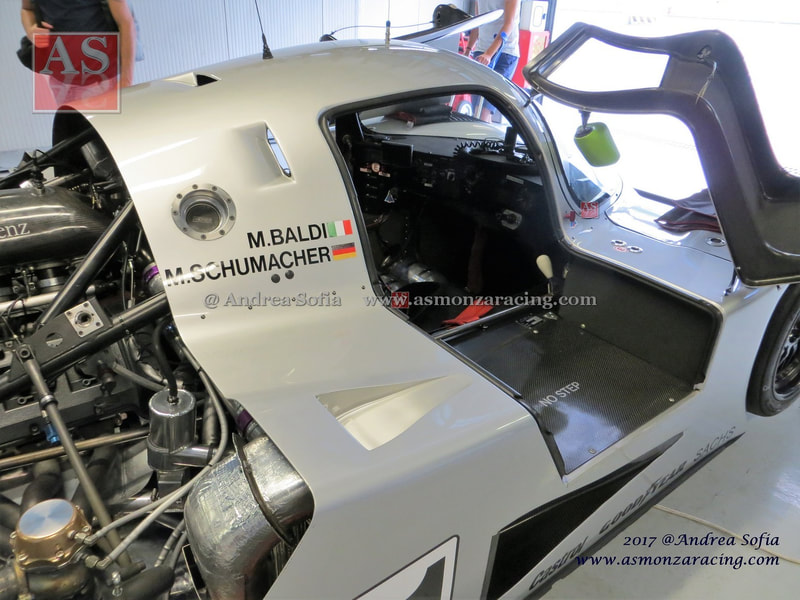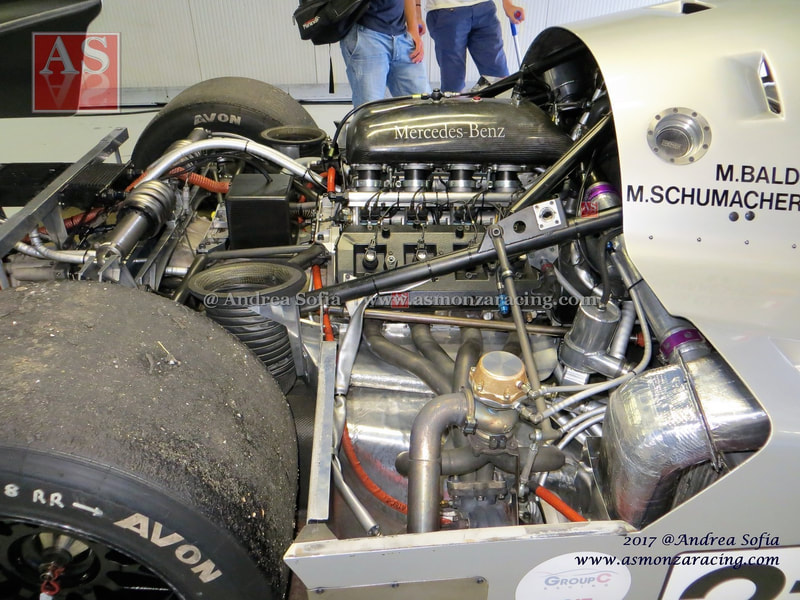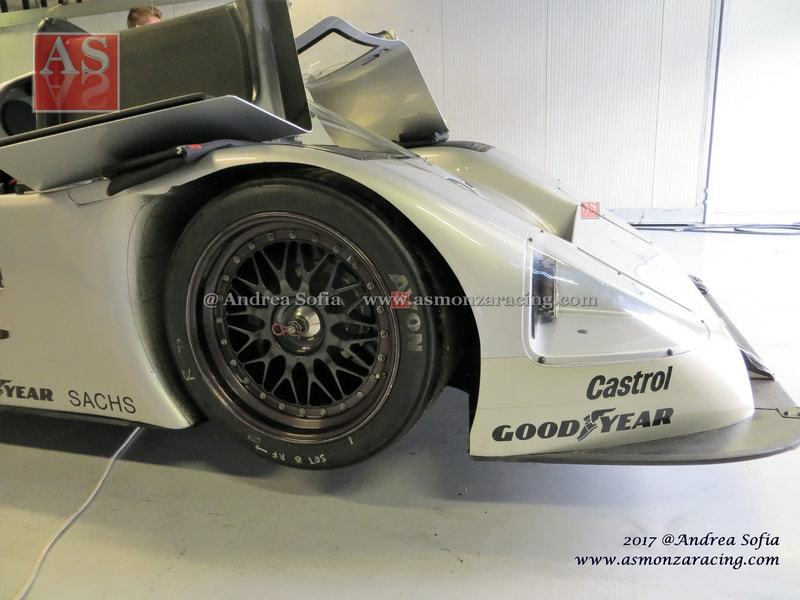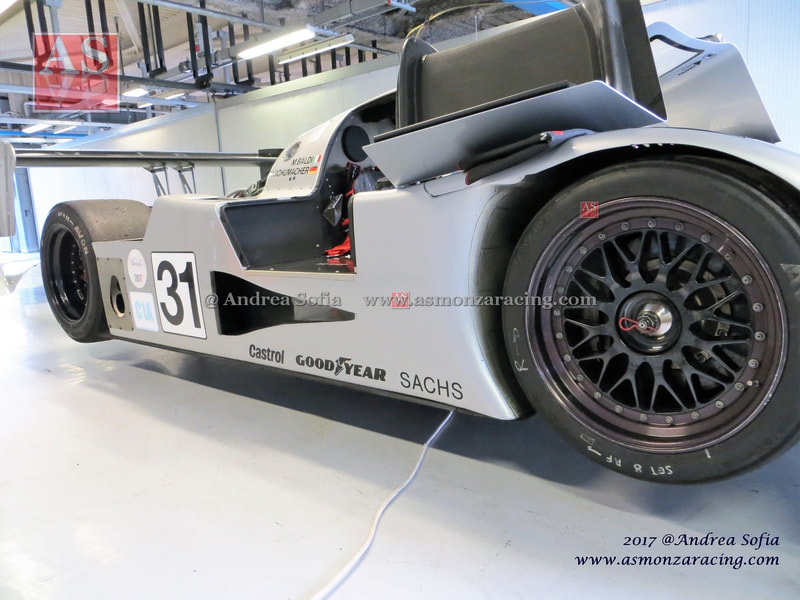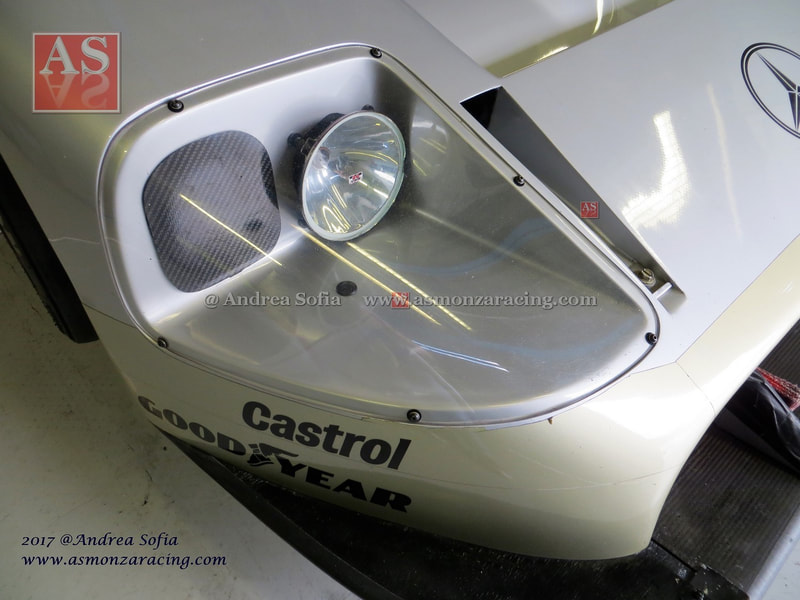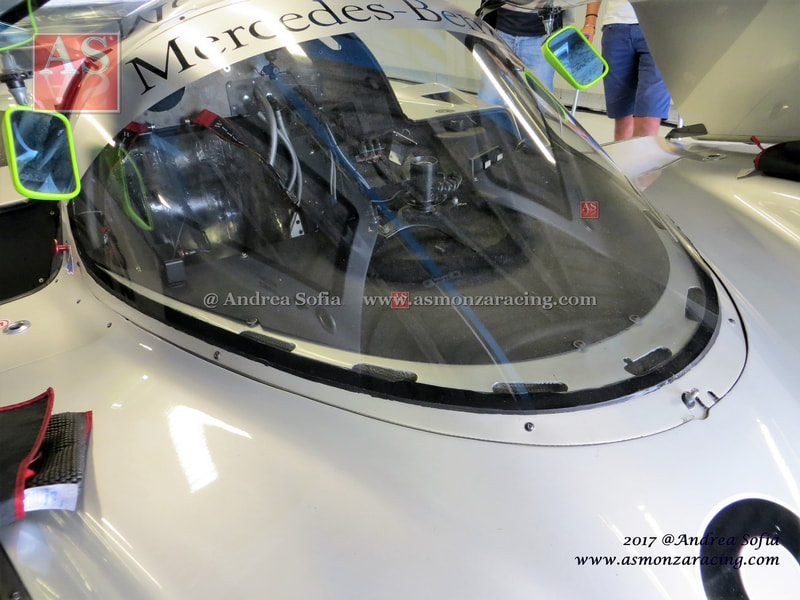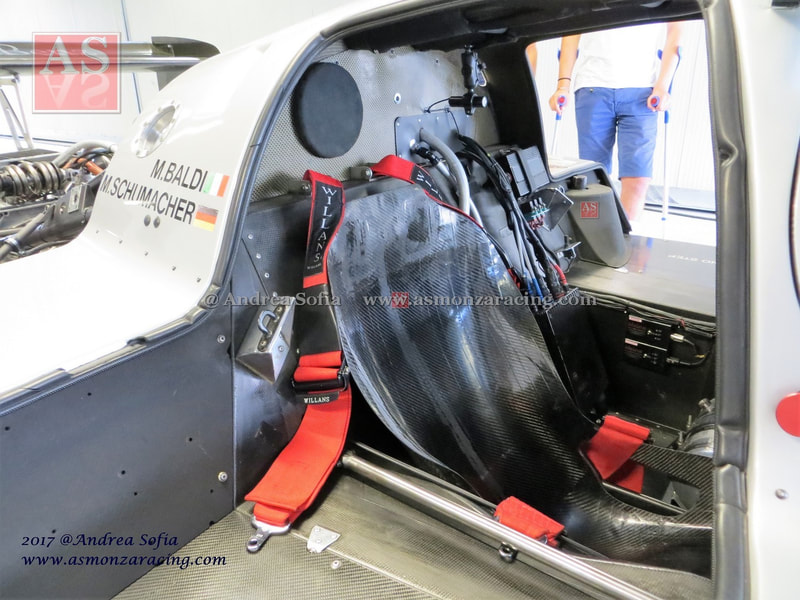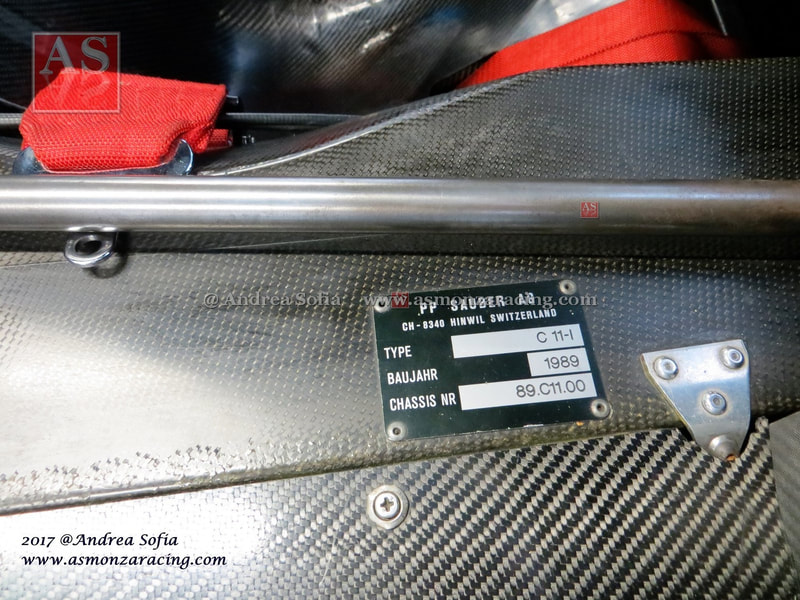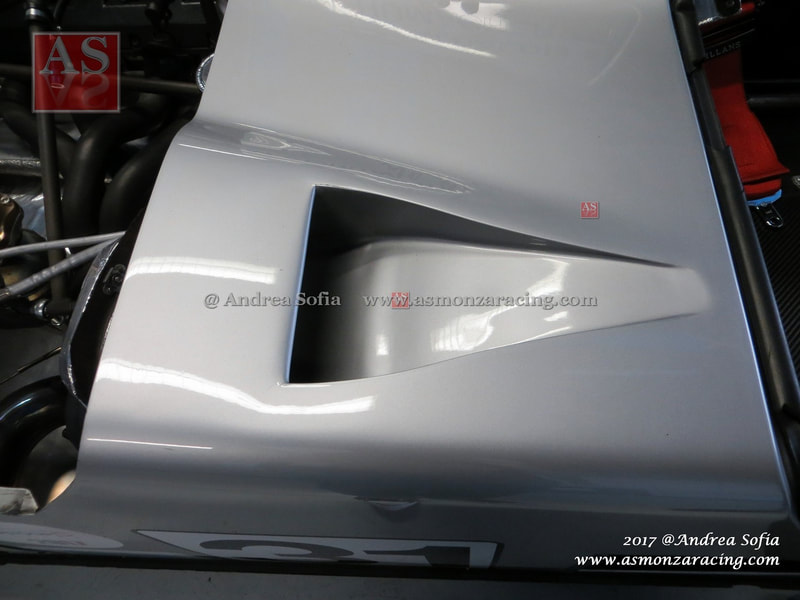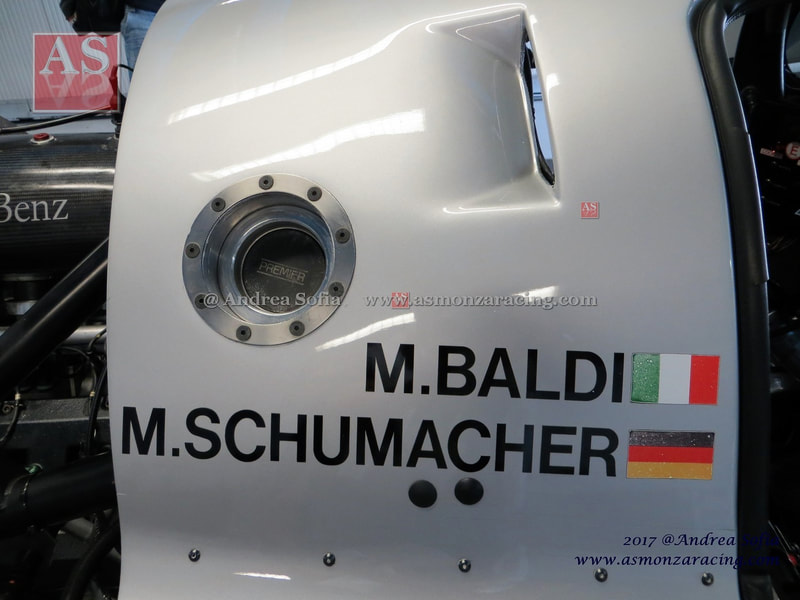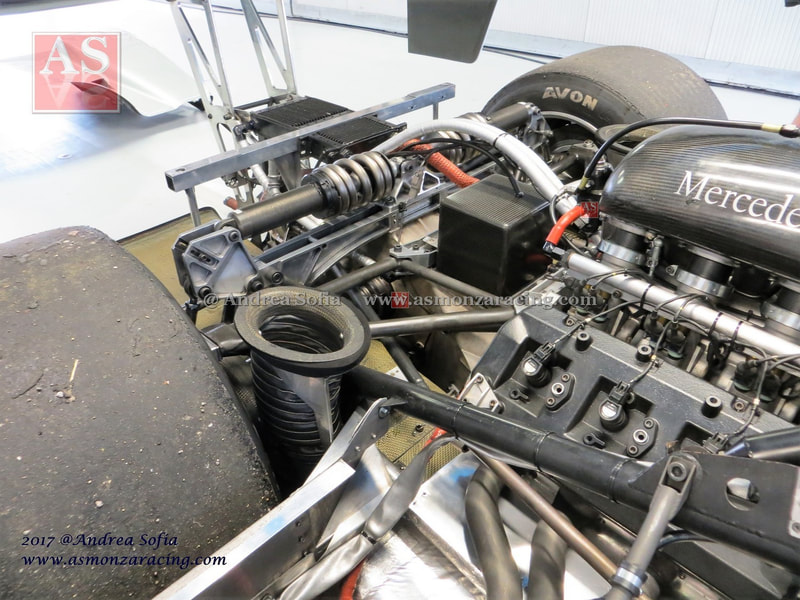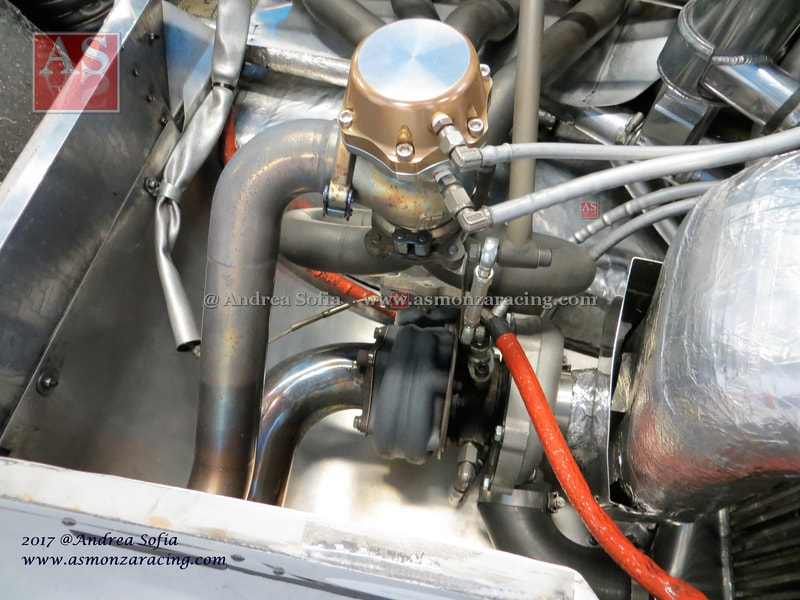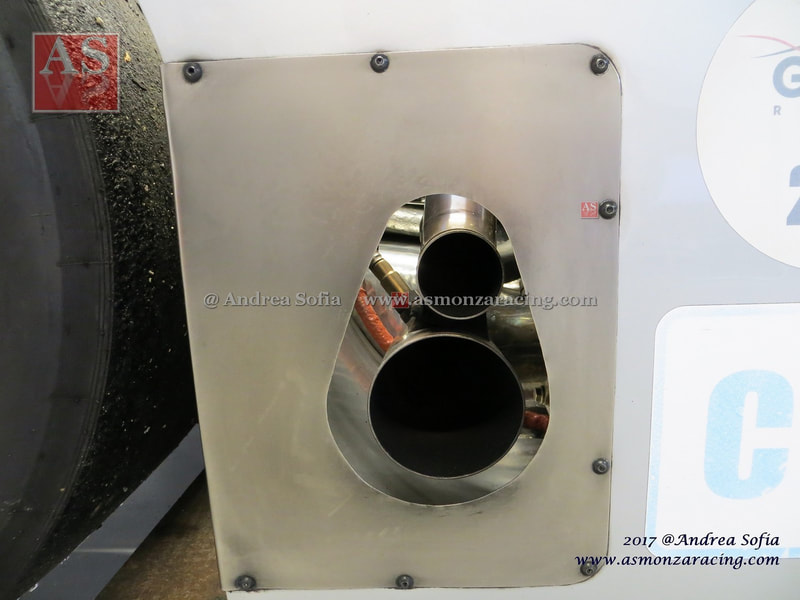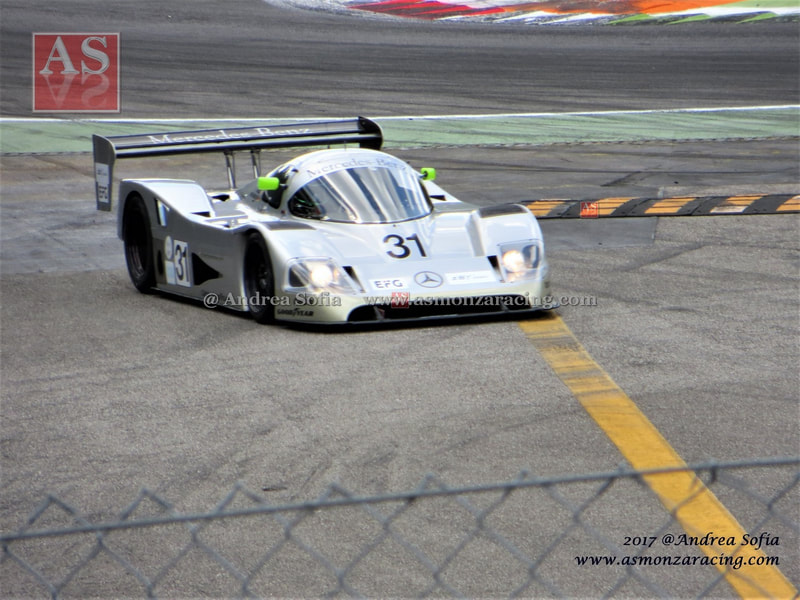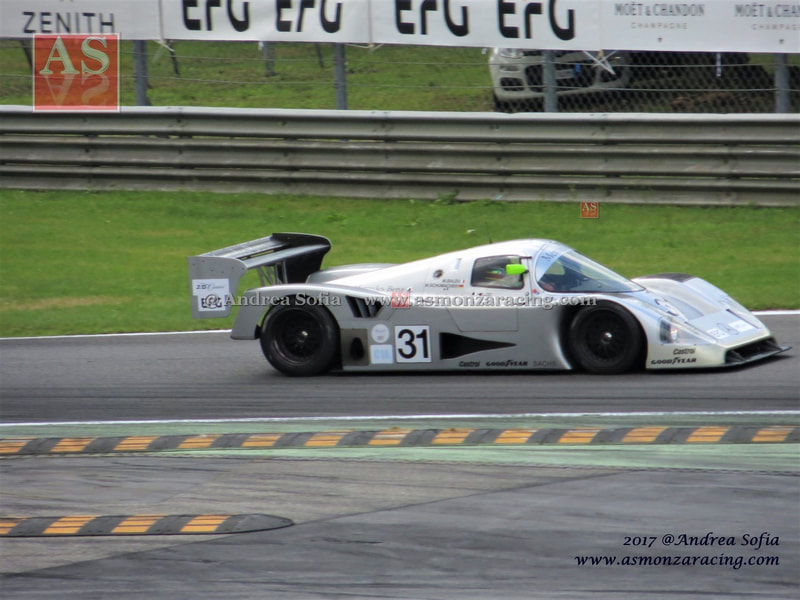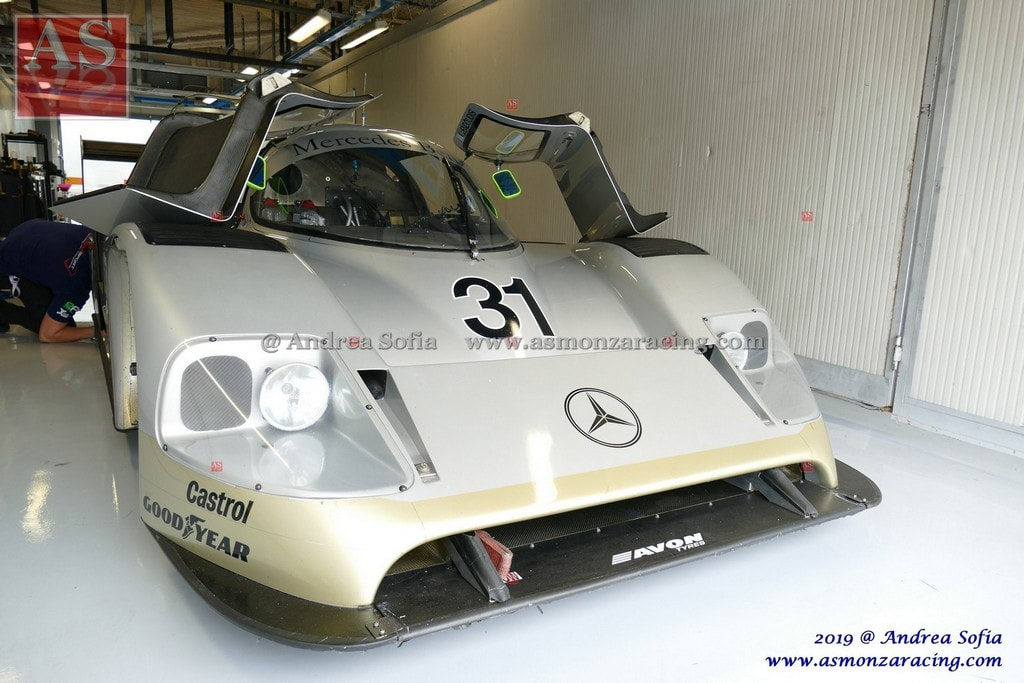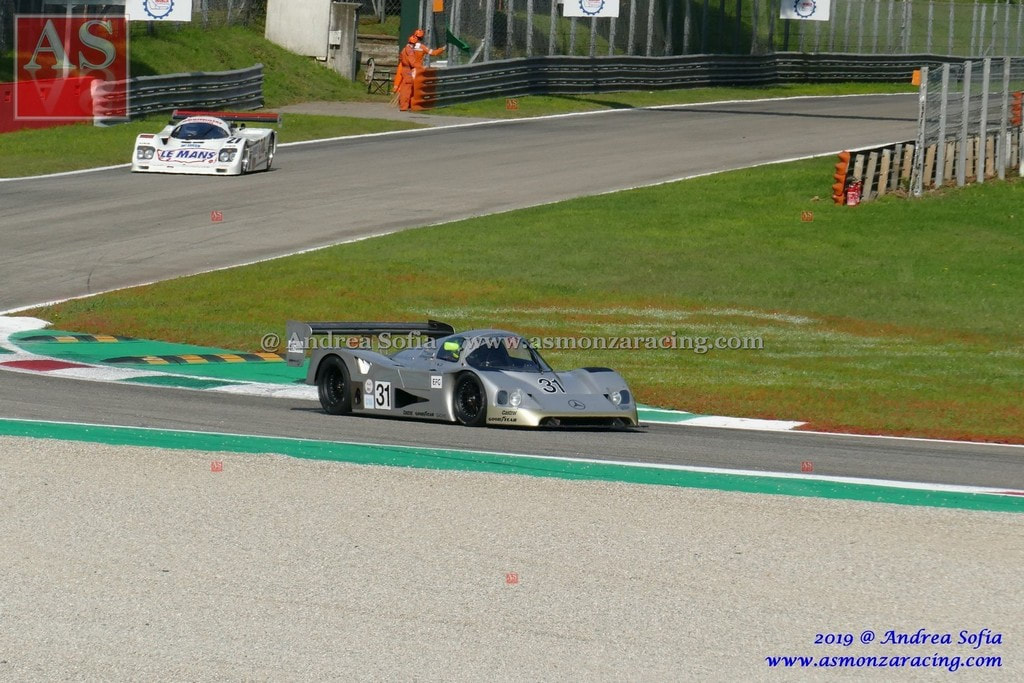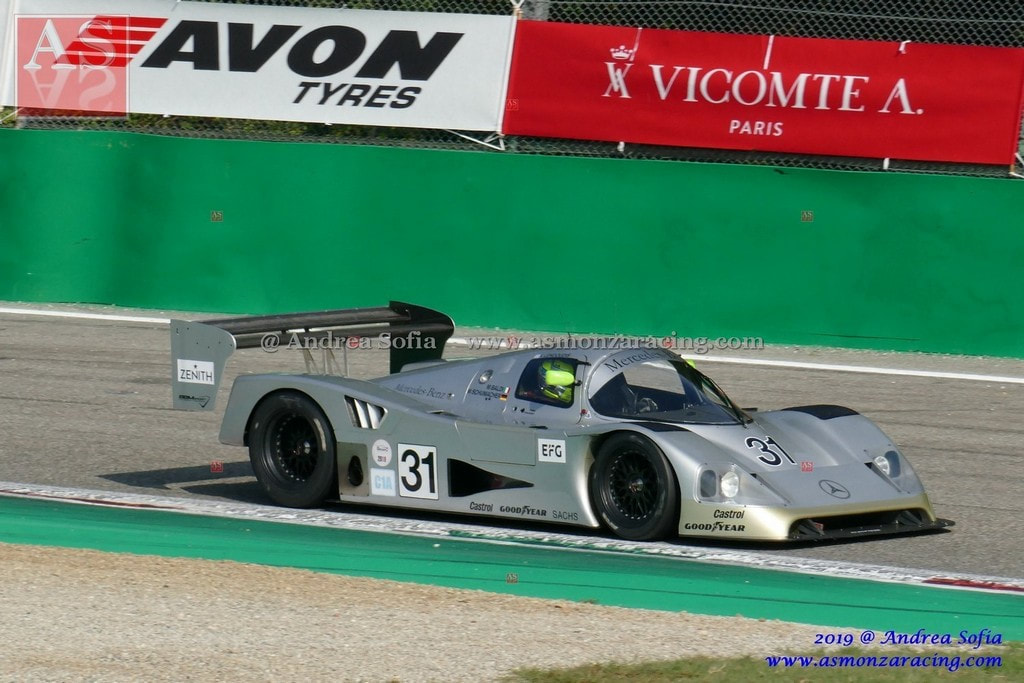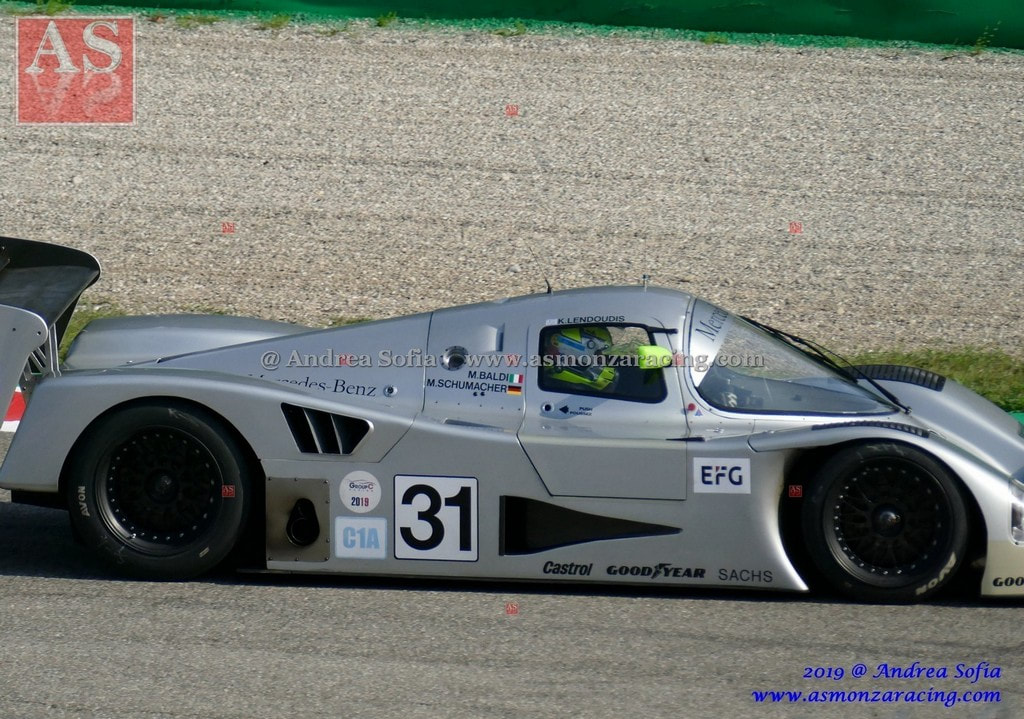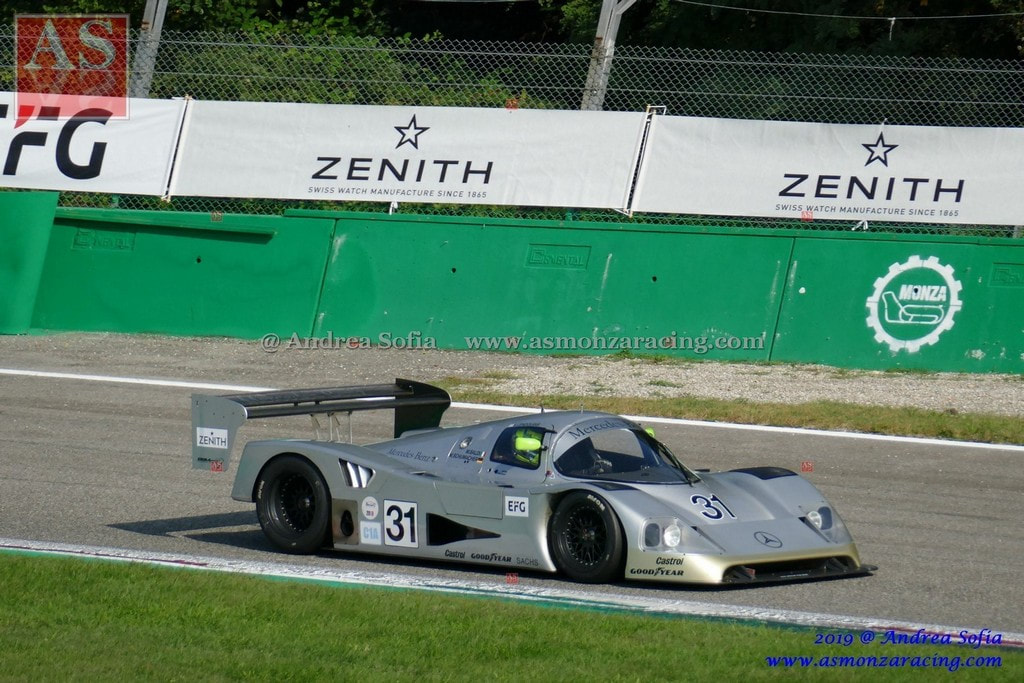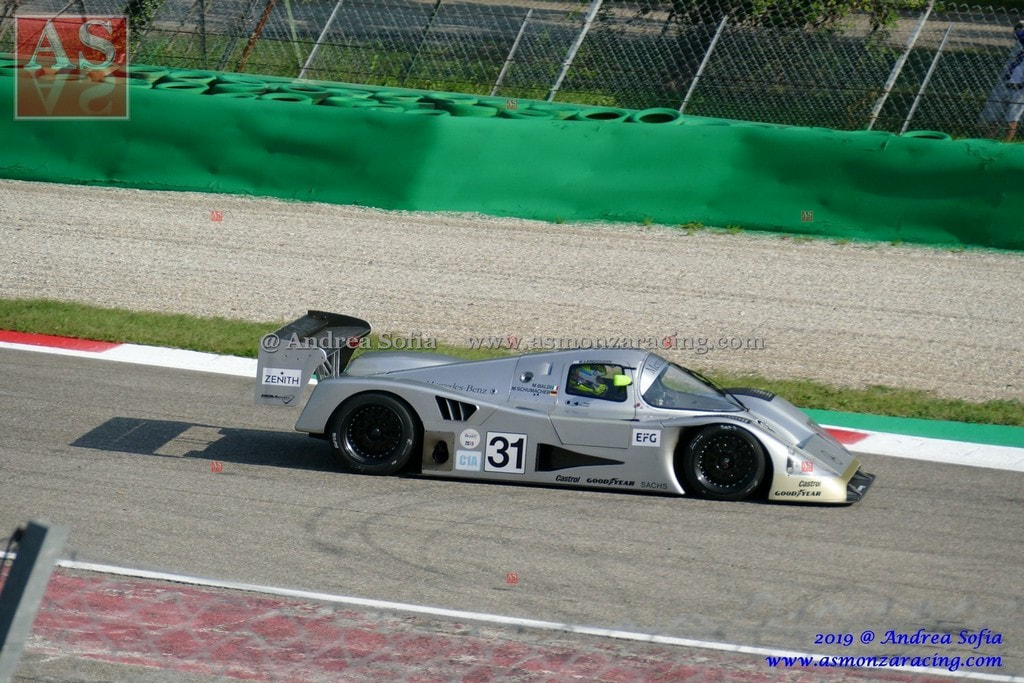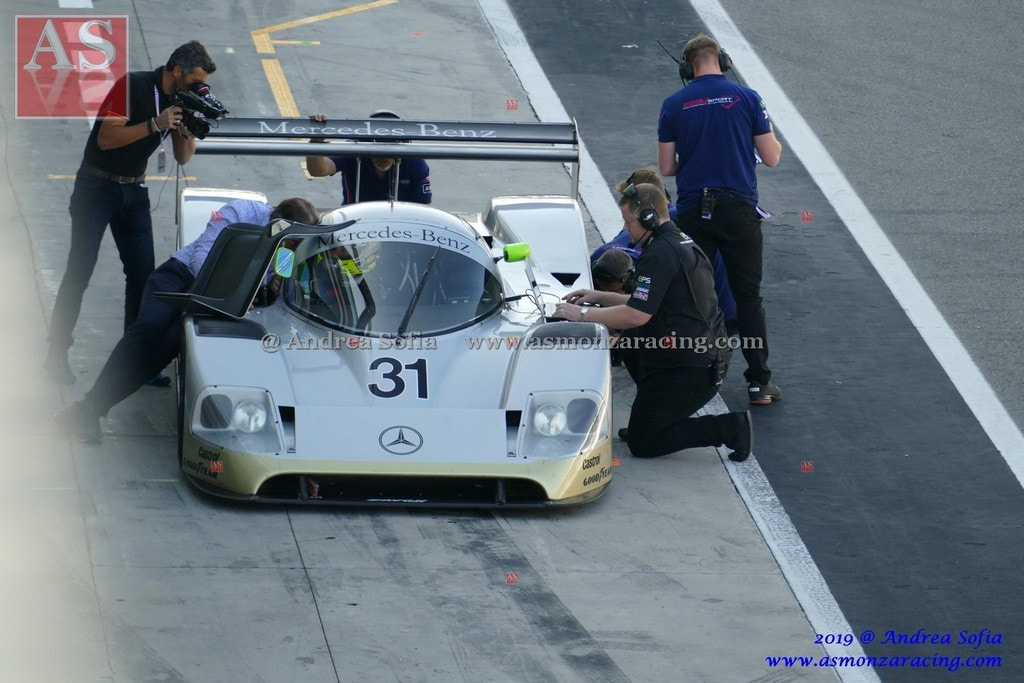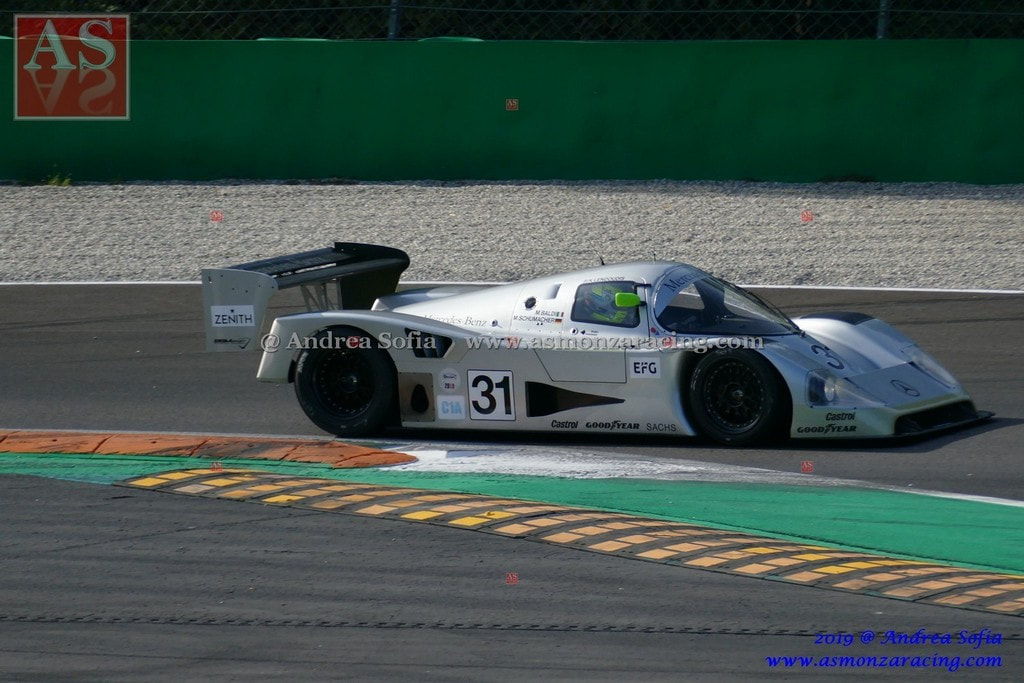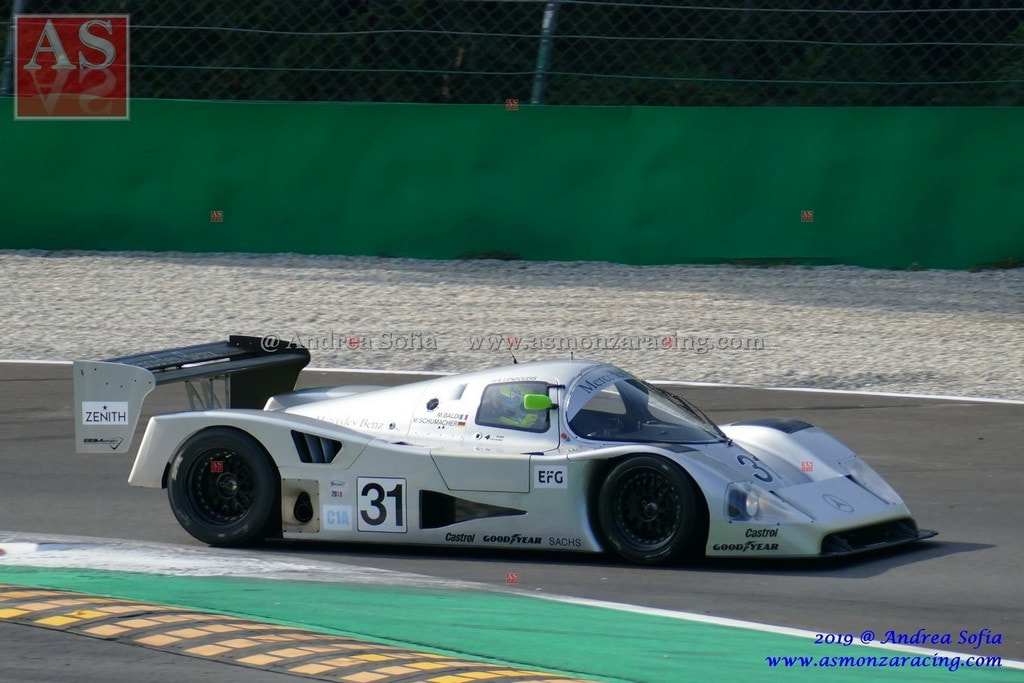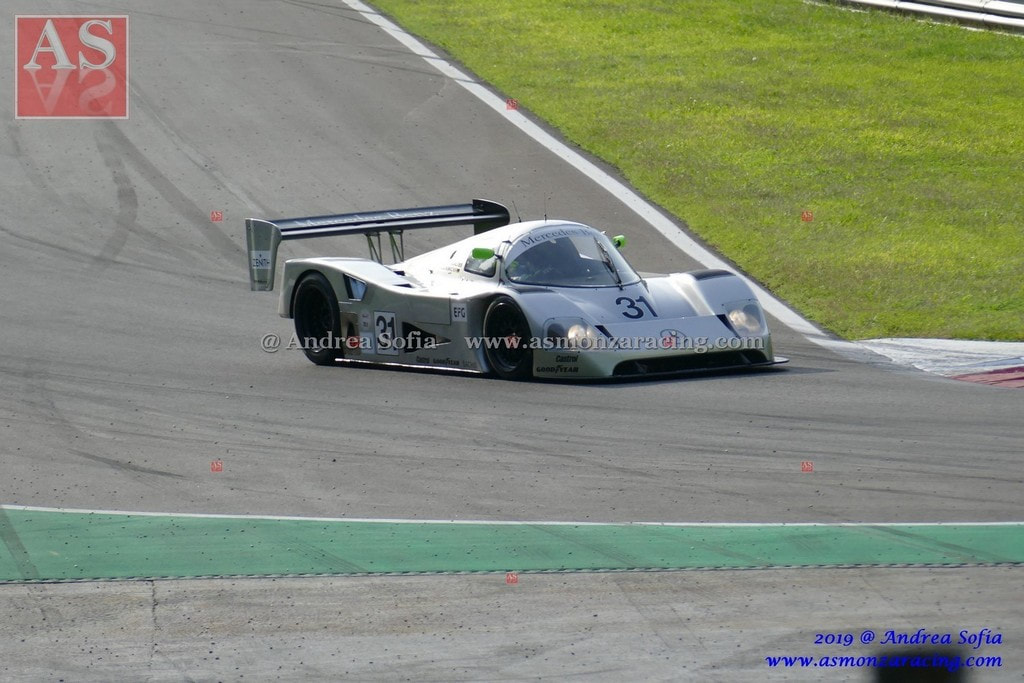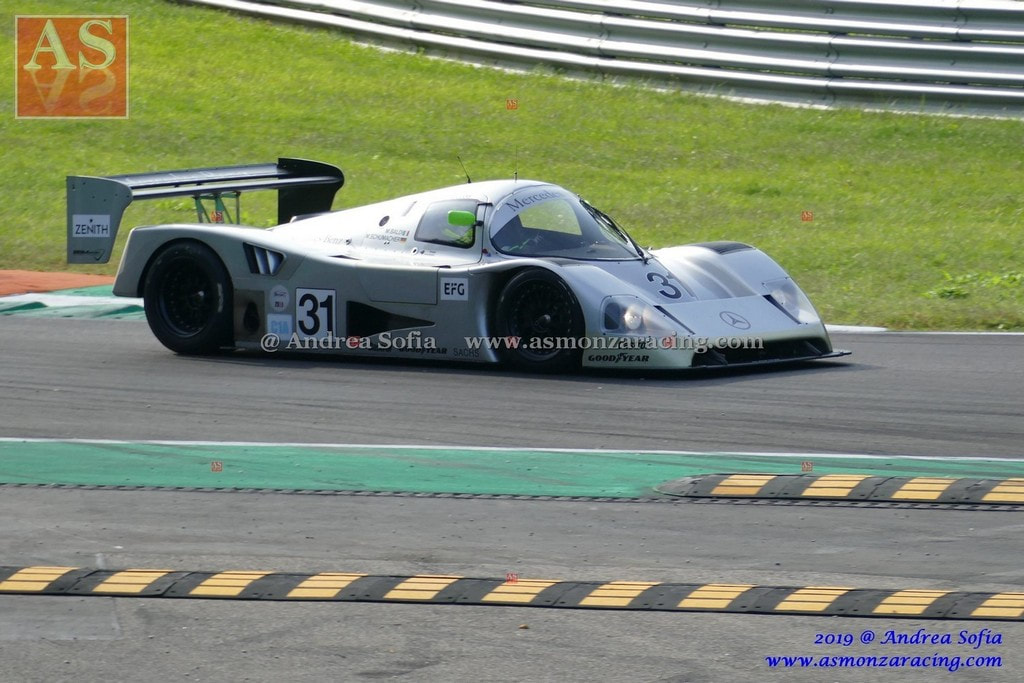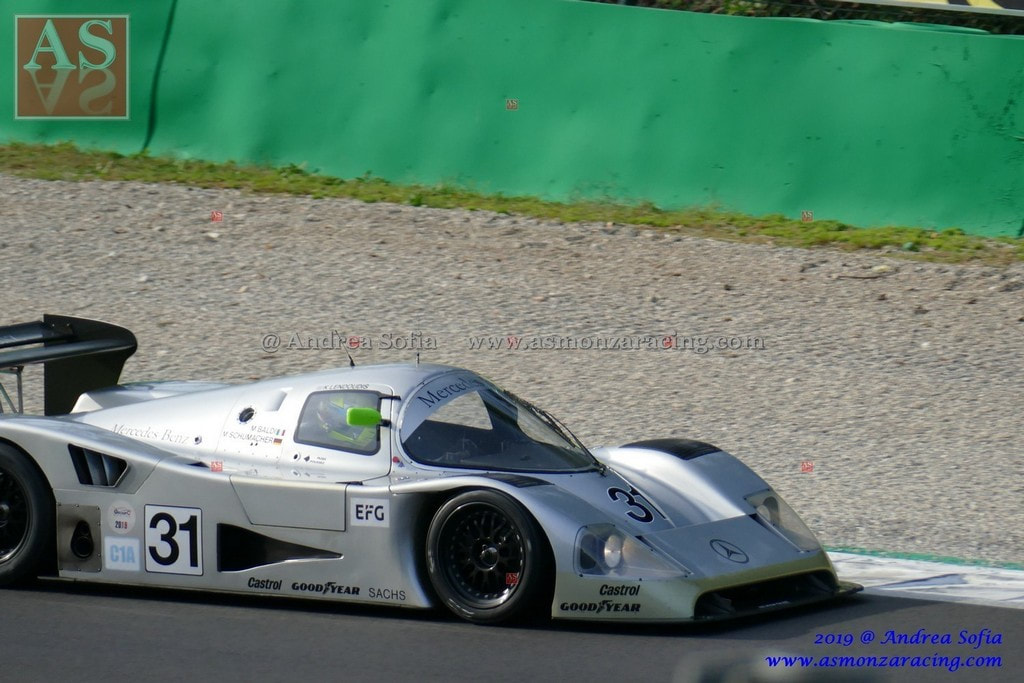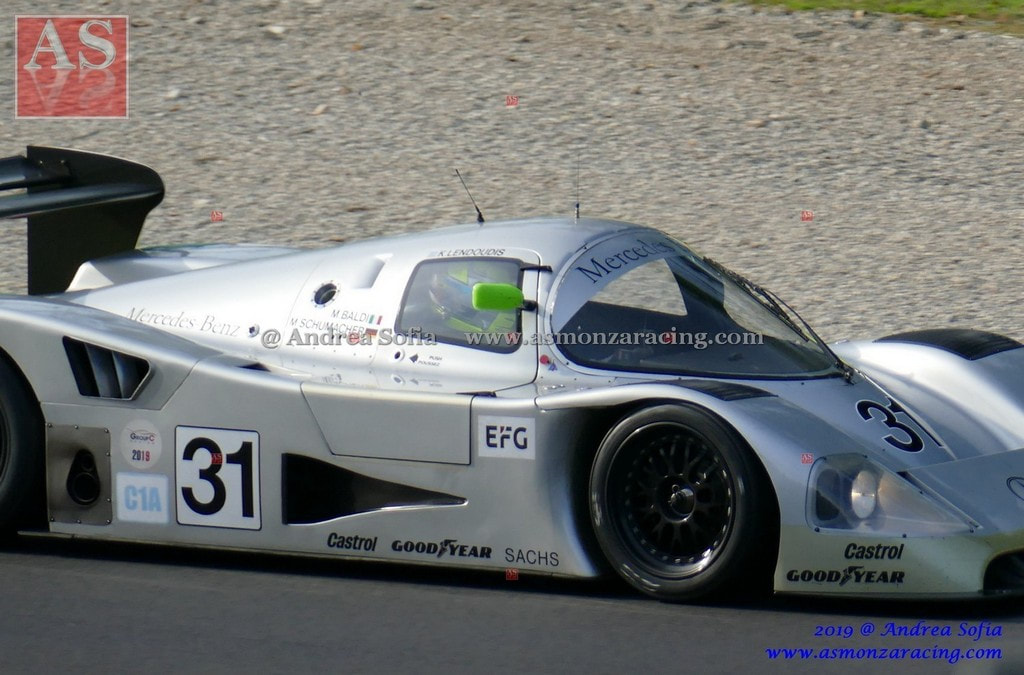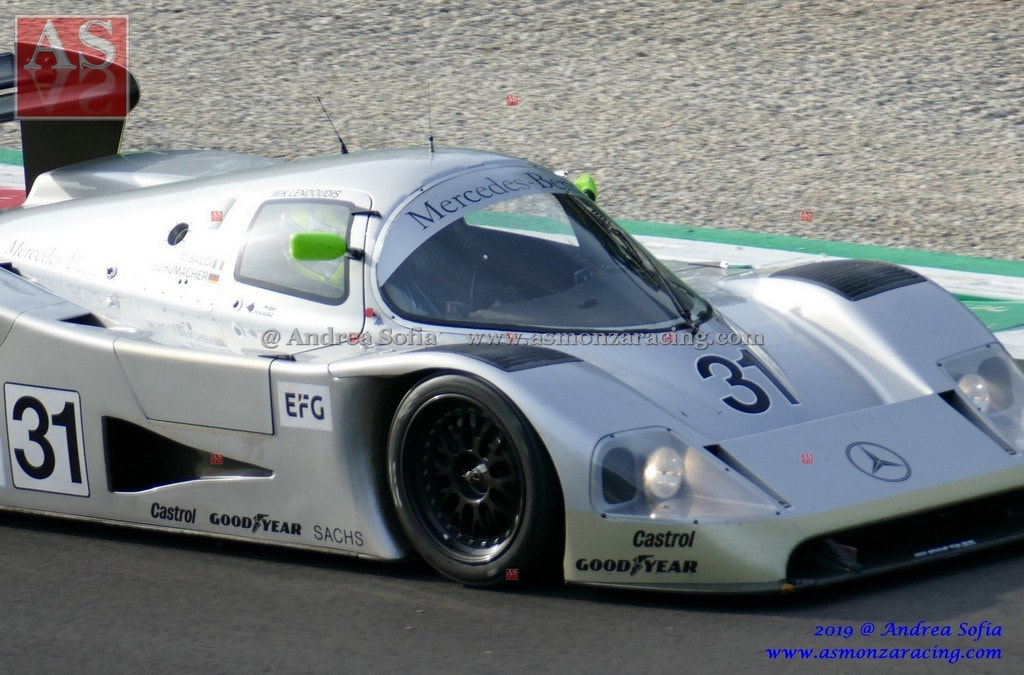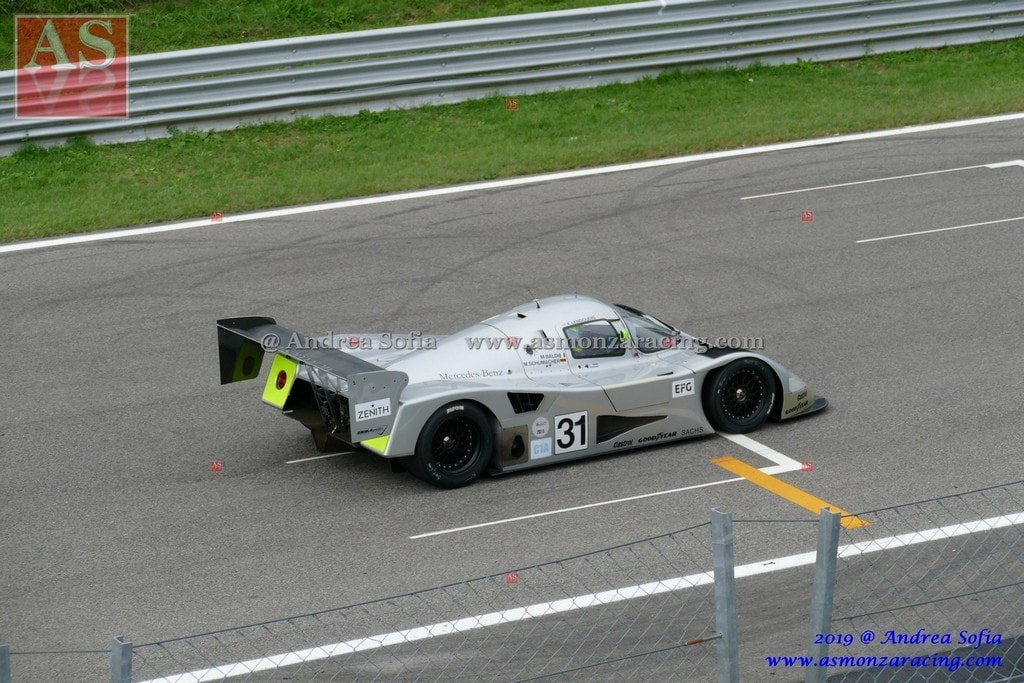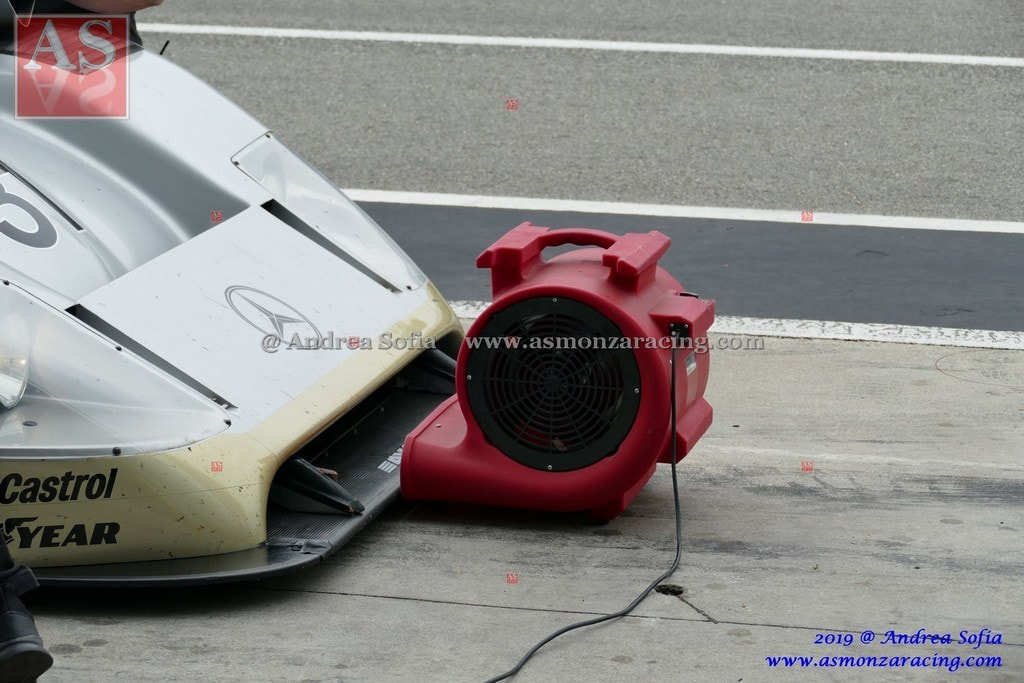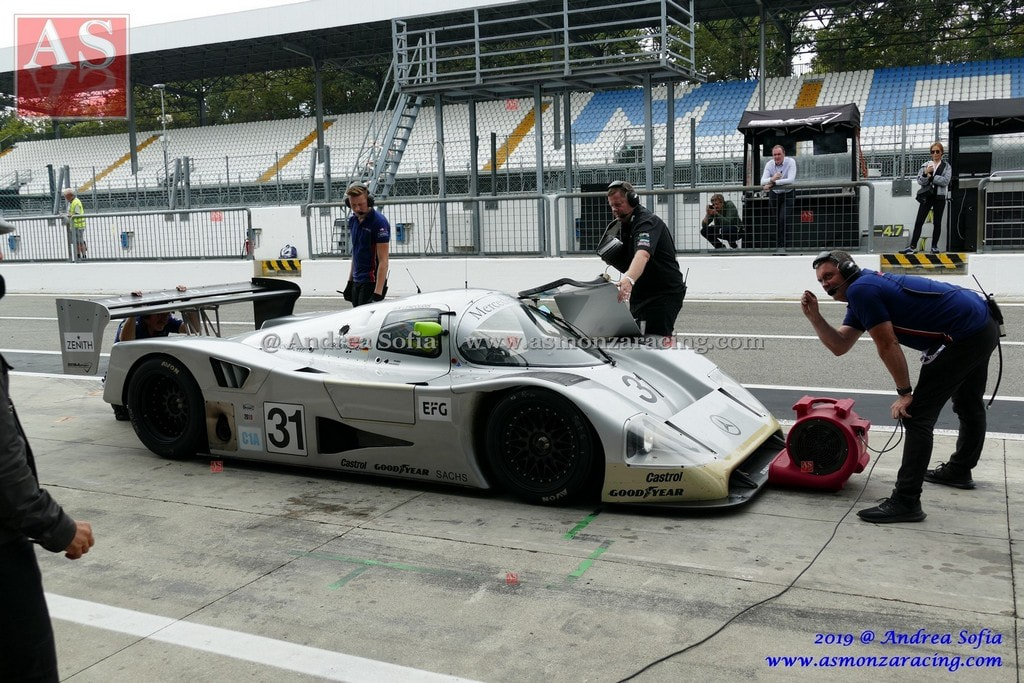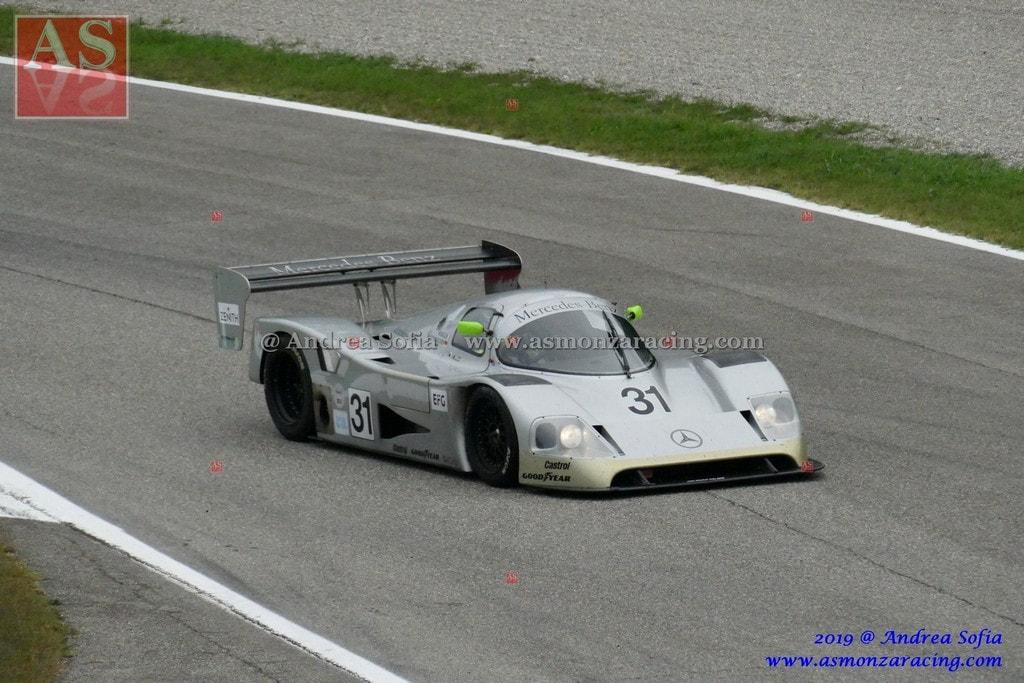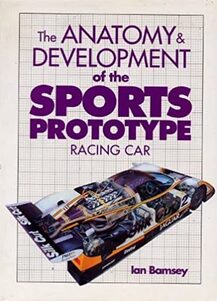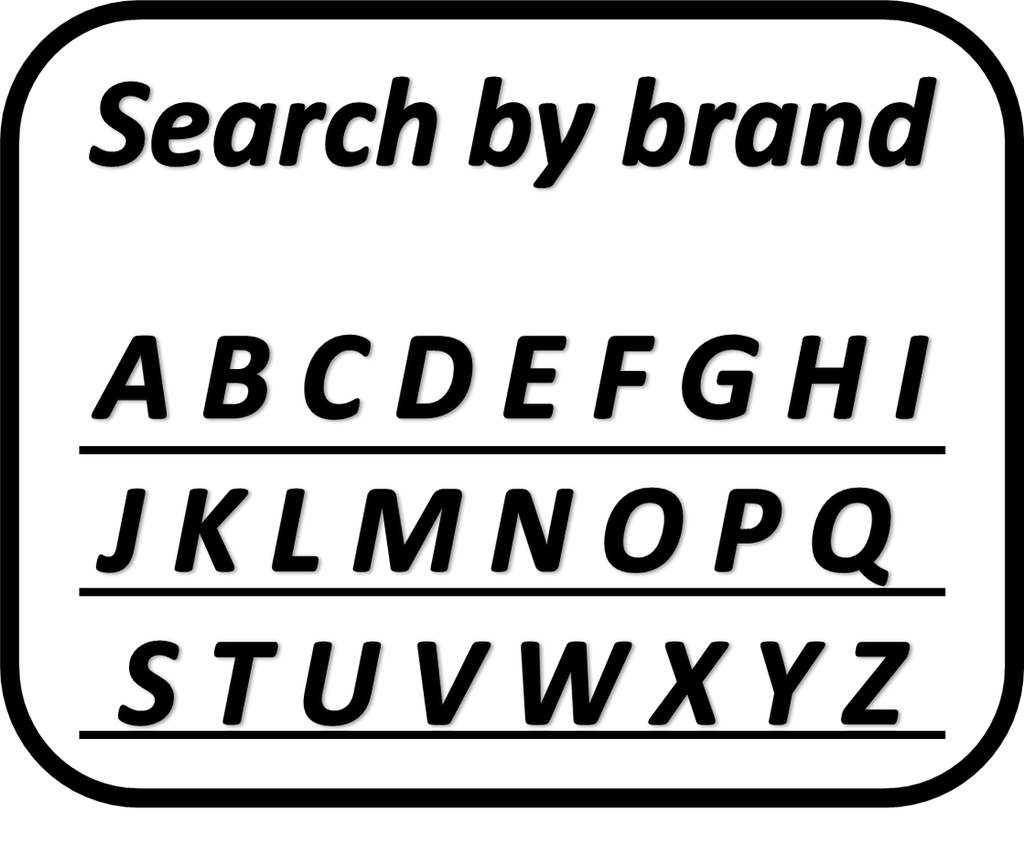Mercedes-Benz C11 chassis 89.C11.00 - 1990

The Mercedes-Benz C11 was built by Sauber in 1990 to take part in the Endurance World Championship in Group C, replacing the Sauber C9 of the previous year. Built in 6 specimens, it had a fully carbon fiber chassis, much lighter and more rigid than the Sauber C9 aluminum chassis. The engine was an evolution of the one used the previous year and was the 5 litre Mercedes-Benz M 119 V8 90°, made entirely of aluminium, with 4 valves per cylinder, supercharged by two KKK turbochargers capable of 750 bhp in race configuration. The gearbox was 5-speed manual, front and rear suspensions with upper and lower triangles with shock absorbers driven by a push-rod system and kevlar and carbon fiber body. The total weight of the car was around 900 Kg. Very refined was the aerodynamics, which compared to the previous model provided a bottom with large venturi tunnels for the massive use of the ground effect.
The car debuted at 480Km of Suzuka but only in practice because for the race was used the most reliable C9 chassis 88.C8.05 (Walkaround) with which the crew made up of Mauro Baldi and Jean-Louis Schlesser scored the win. The race debut took place at 480 Km of Monza where the same crew won. With 7 wins in 8 races, the Mercedes-Benz C11 conquers the World Championship for makes and its drivers Mauro Baldi and Jean-Louis Schlesser the title of Drivers World Champion. Chassis 89.C11.00 was the first prototype built that was very used in the tests but was never used in the race. It was kept in the workshops of Peter Sauber until it was sold to the current owner who, after having restored it and brought it under race conditions, used it in the championships for historic cars. |

La Mercedes-Benz C11 fu costruita dalla Sauber nel 1990 per partecipare al Campionato Mondiale Endurance nella categoria Gruppo C in sostituzione della Sauber C9 dell’anno precedente. Costruita in 6 esemplari, aveva un telaio interamente in fibra di carbonio, molto più leggero e rigido in confronto al telaio in alluminio della Sauber C9. Il motore era un’evoluzione di quello utilizzato l’anno precedente e si trattava del Mercedes-Benz M 119 V8 di 90° da 5 litri interamente realizzato in alluminio, con distribuzione a 4 valvole per cilindro, sovralimentato da due turbocompressori KKK in grado di erogare 750 CV in configurazione da gara. Il cambio era manuale a 5 rapporti, le sospensioni anteriori e posteriori a triangoli sovrapposti con ammortizzatori azionati da un sistema di tipo push rod e la carrozzeria in kevlar e fibra di carbonio. Il peso totale della vettura si aggirava intorno ai 900 Kg. Molto raffinata era l’aerodinamica, che rispetto al modello precedente prevedeva un fondo scocca dotato di ampi tunnel venturi per il massivo sfruttamento dell’effetto suolo.
La vettura debuttò alla 480Km di Suzuka ma solo nelle prove perché per la corsa fu preferita la più affidabile C9 chassis 88.C8.05 (Walkaround) con la quale l’equipaggio composto da Mauro Baldi e Jean-Louis Schlesser ottenne la vittoria. I debutto in corsa avvenne alla 480 Km di Monza dove lo stesso equipaggio vinse ancora. Con 7 vittorie su 8 gare disputate, Mercedes-Benz C11 conquista il titolo mondiale costruttori ed i suoi piloti Mauro Baldi e Jean-Louis Schlesser il titolo di campioni del mondo piloti. Il telaio 89.C11.00 era il primo prototipo costruito che fu molto utilizzato nei test ma non fu mai utilizzato in gara. E’ stato conservato nelle officine di Peter Sauber fino a che non venne venduto all’attuale proprietario che dopo averlo restauro e riportato in condizioni di gara, lo utilizza nei campionati per vetture storiche. |
Photo gallery: Coppa Intereuropa, Monza 2015
Photo gallery: Monza Historic, 2017
Photo gallery: Monza Historic, 2019
The Anatomy & Develpoment of the Sports Prototype racing car
Ian Bamsey
Motorbooks
Ian Bamsey
Motorbooks
